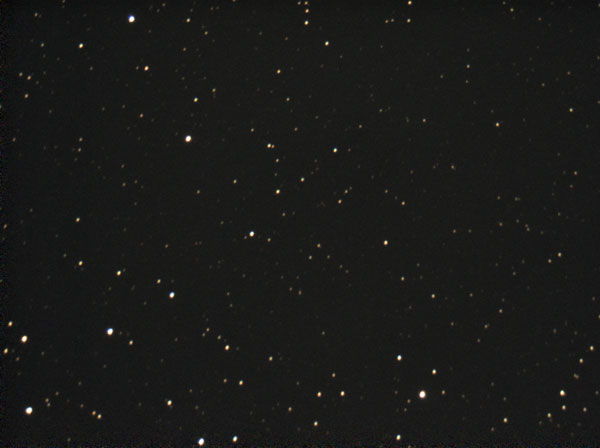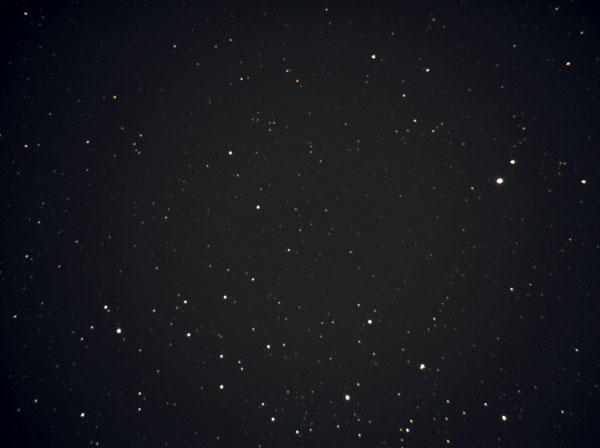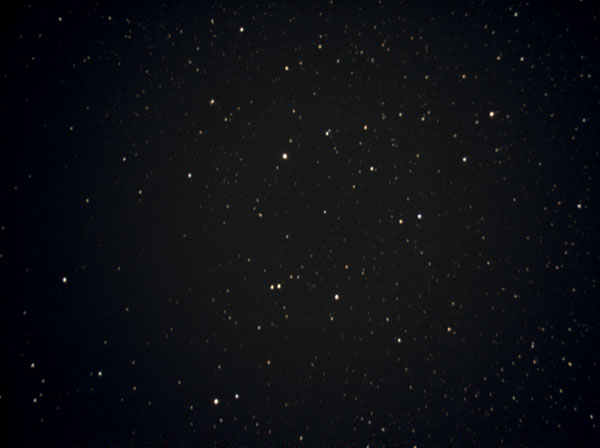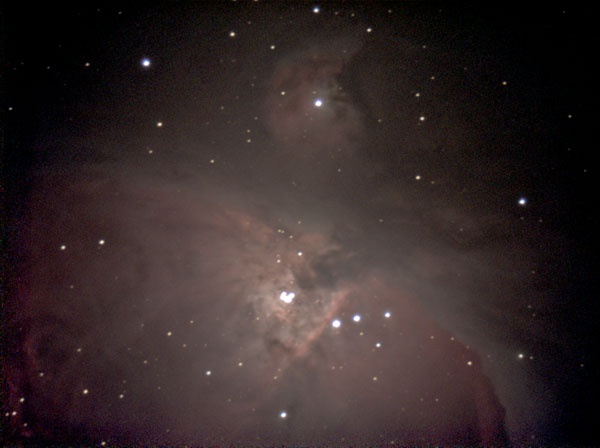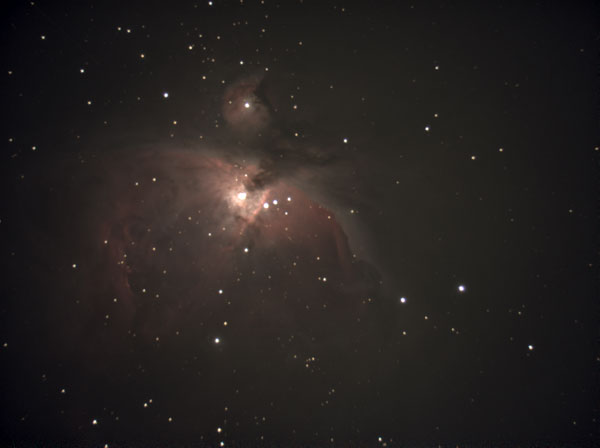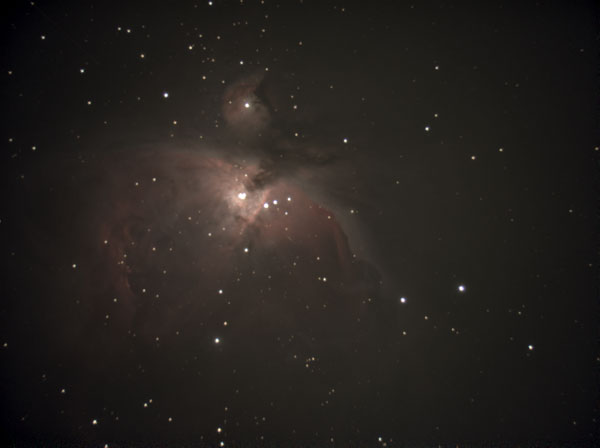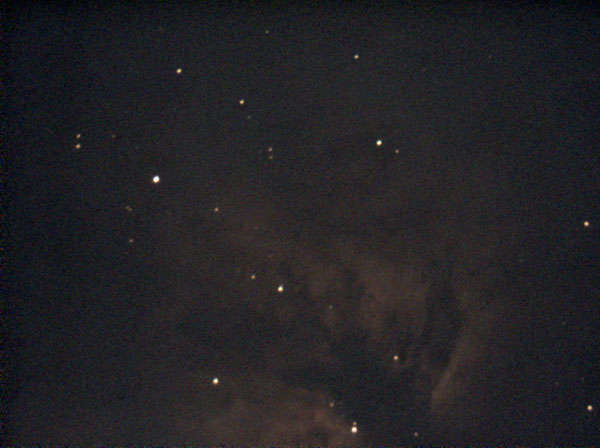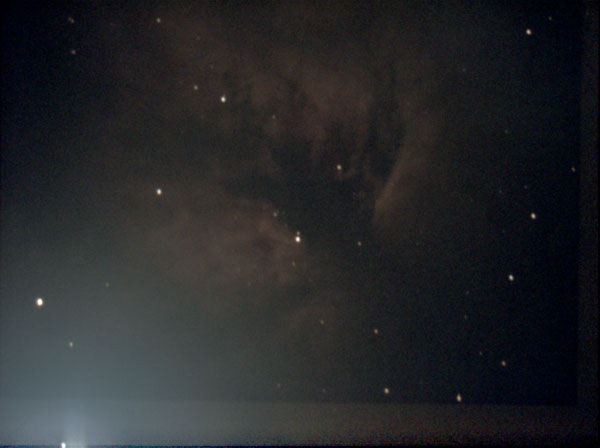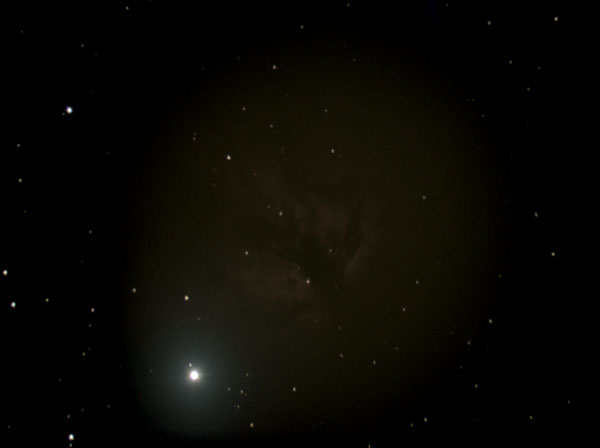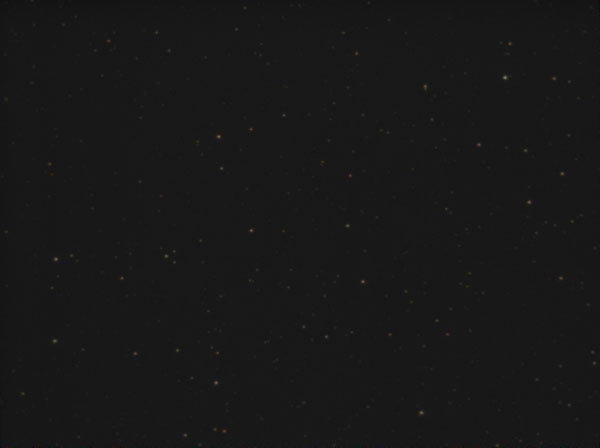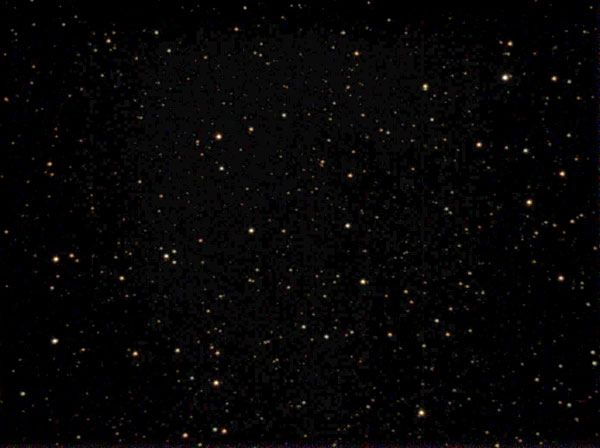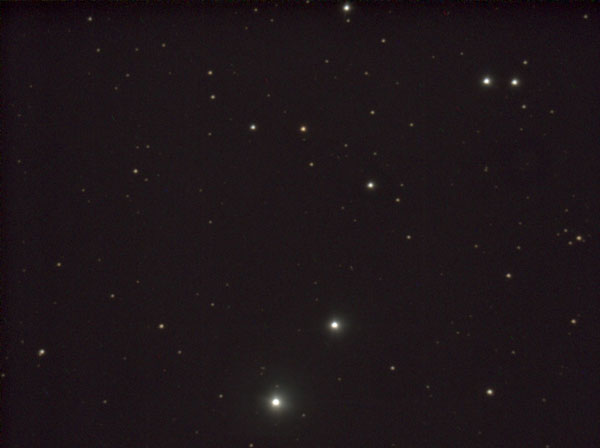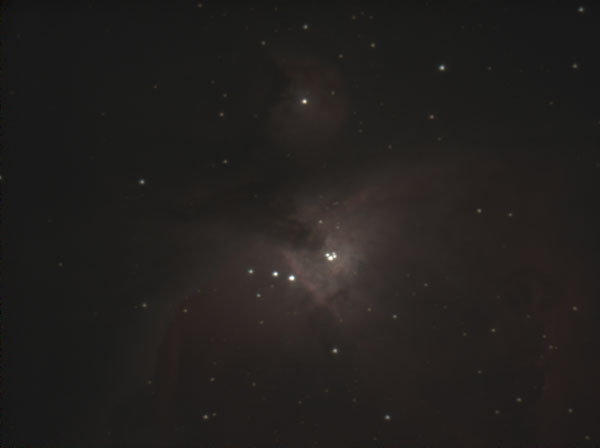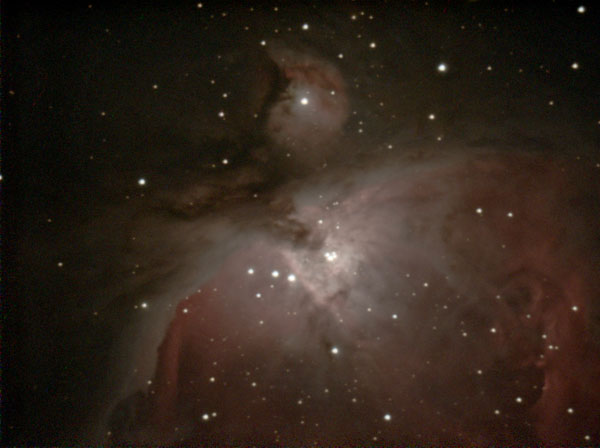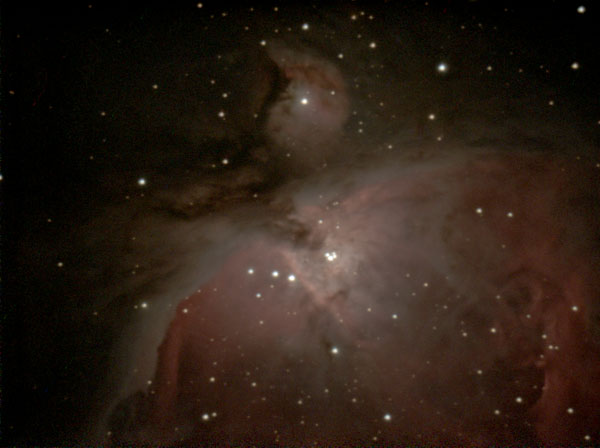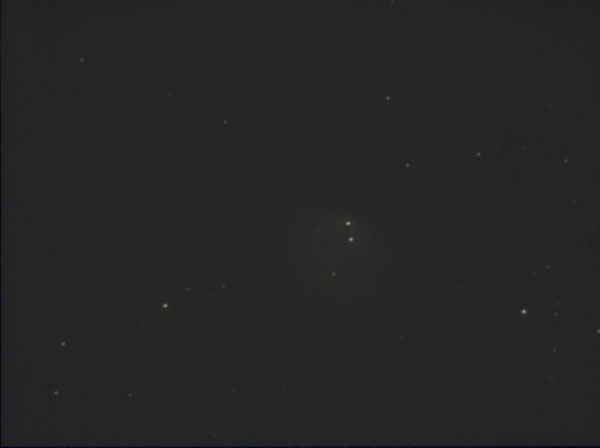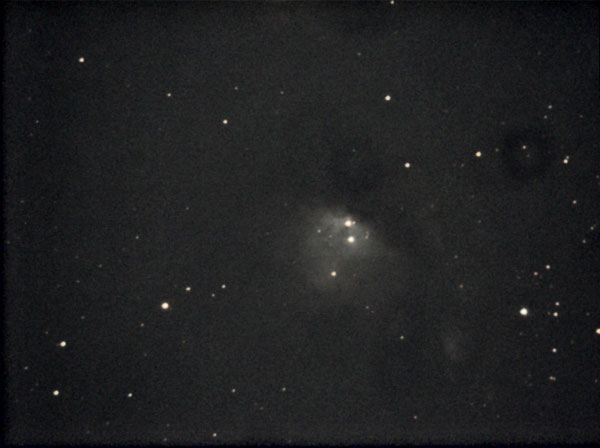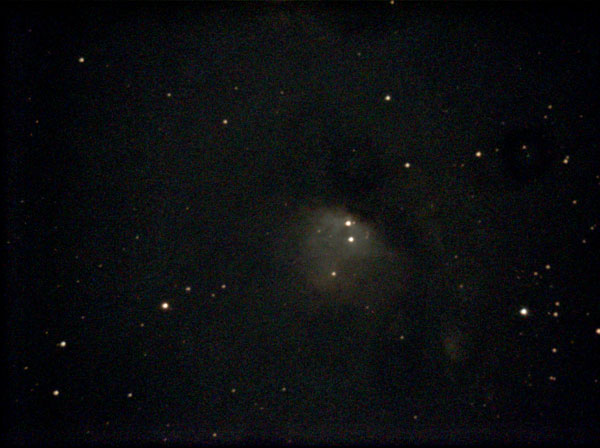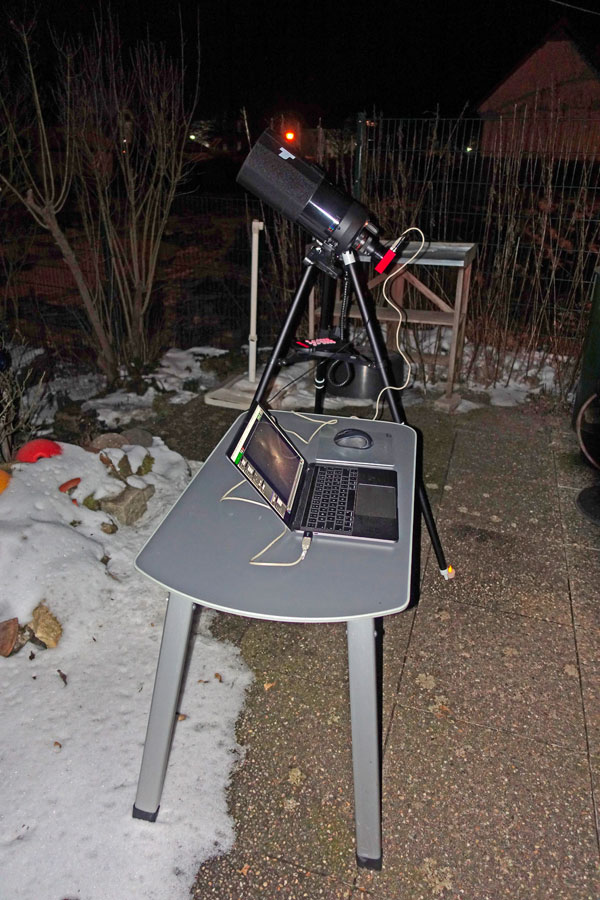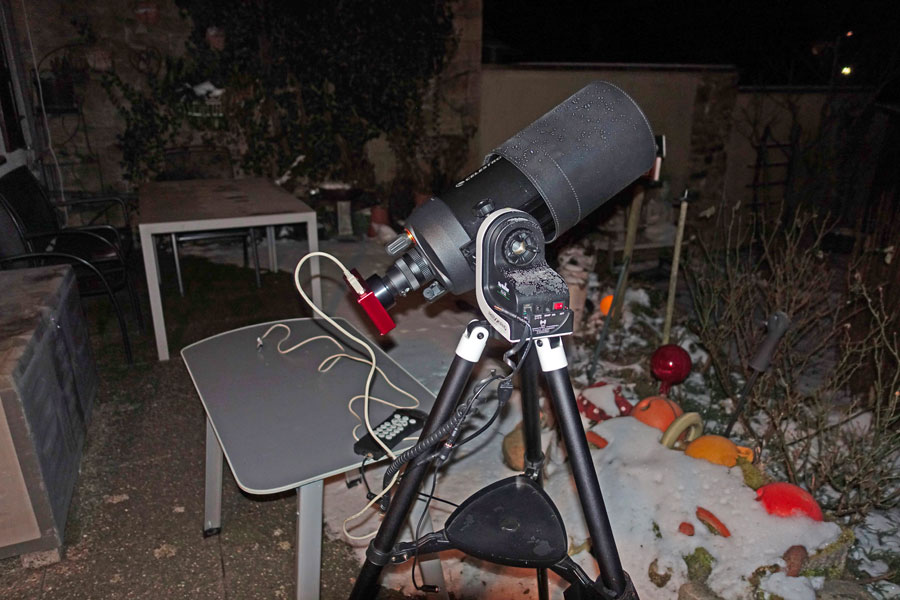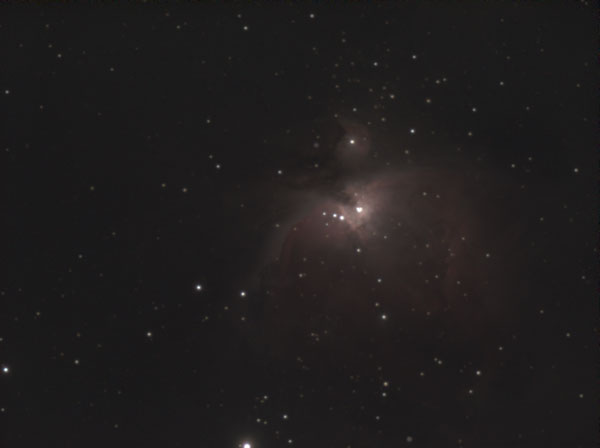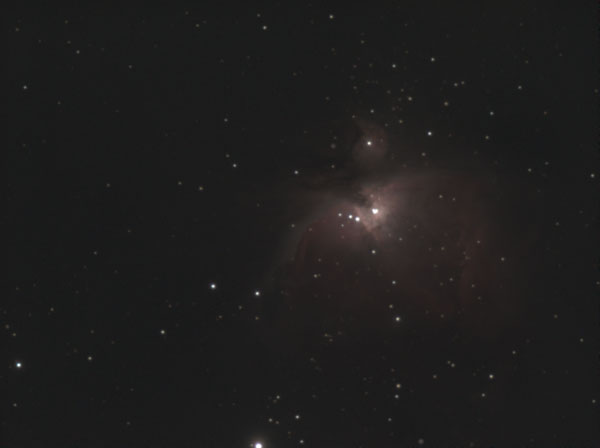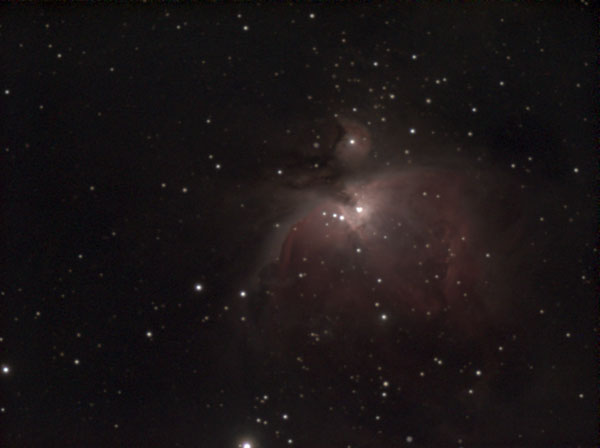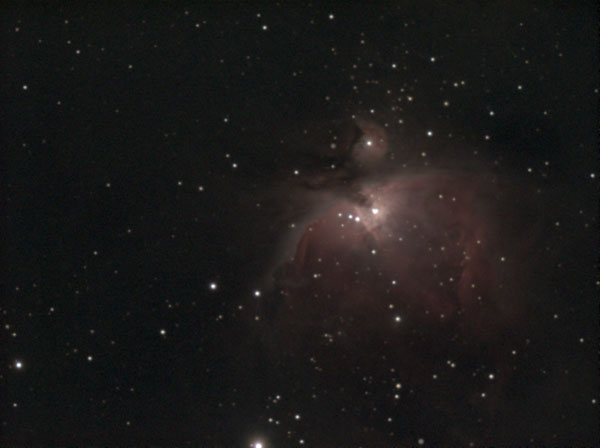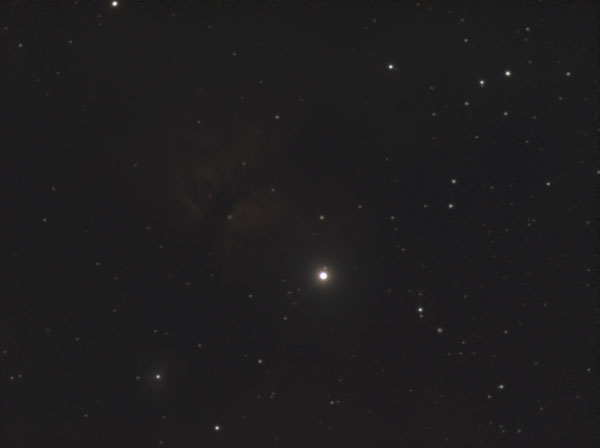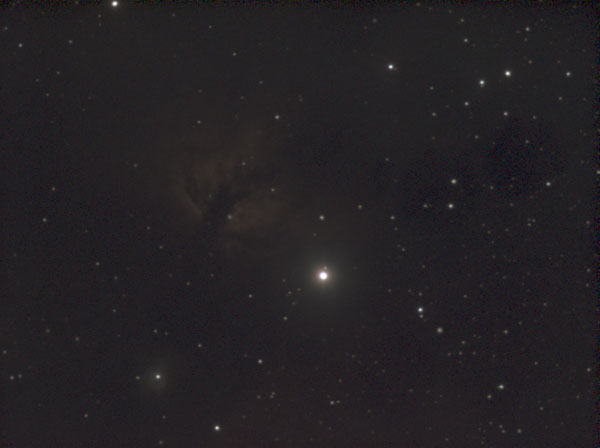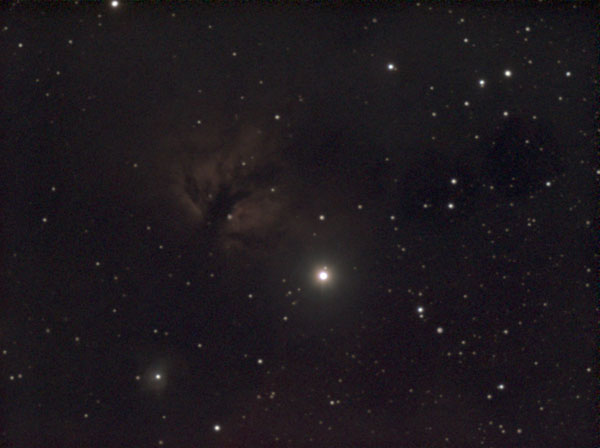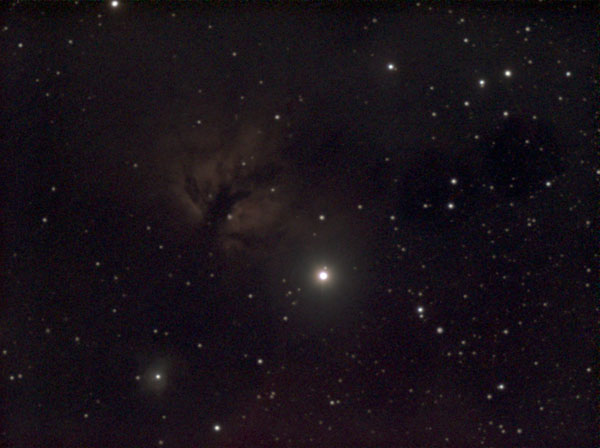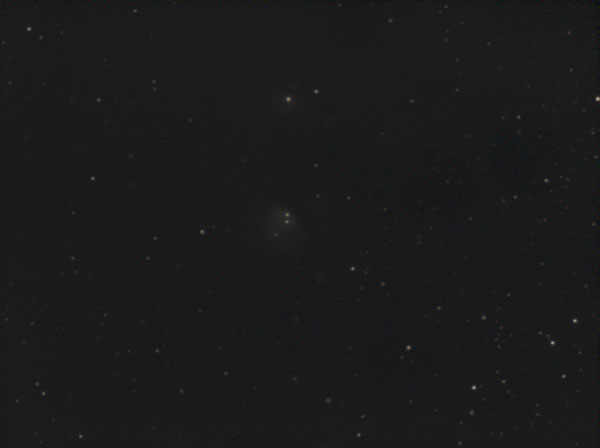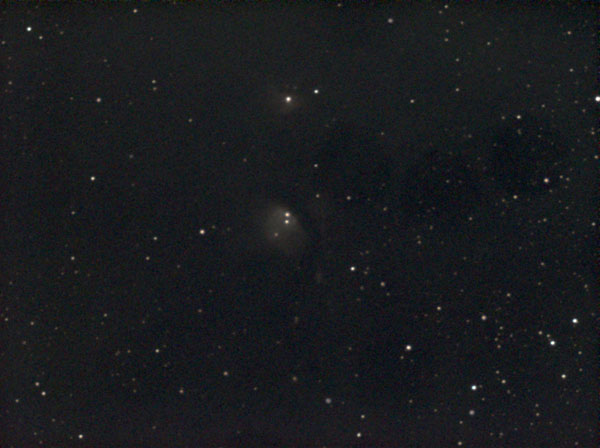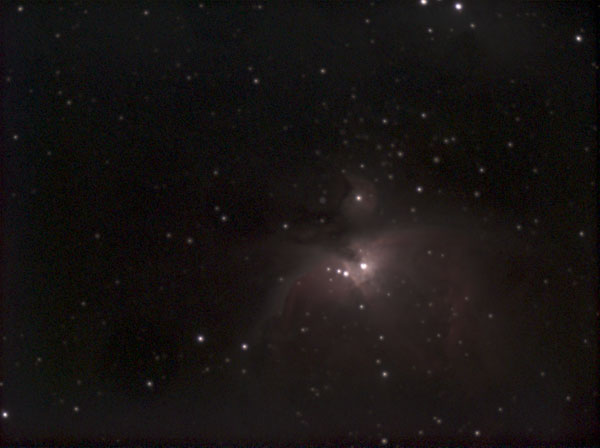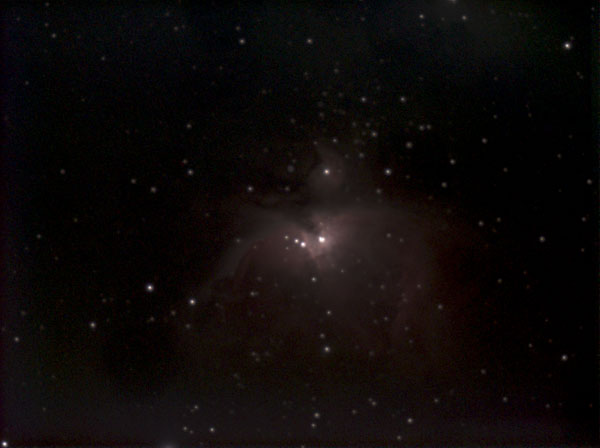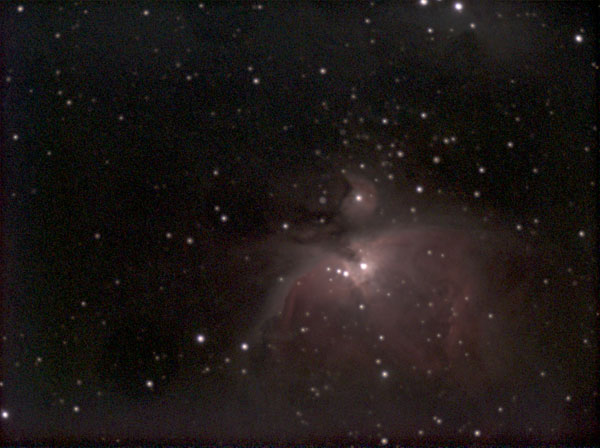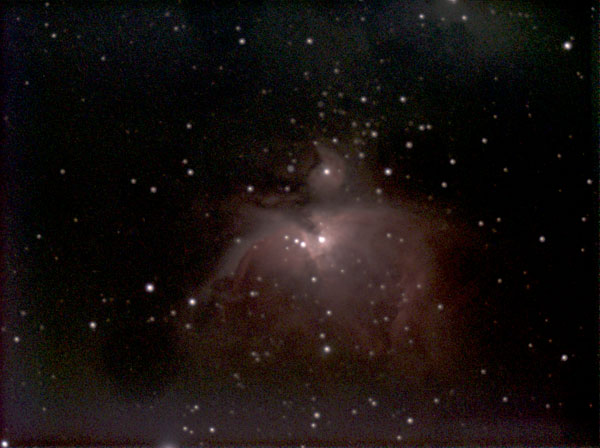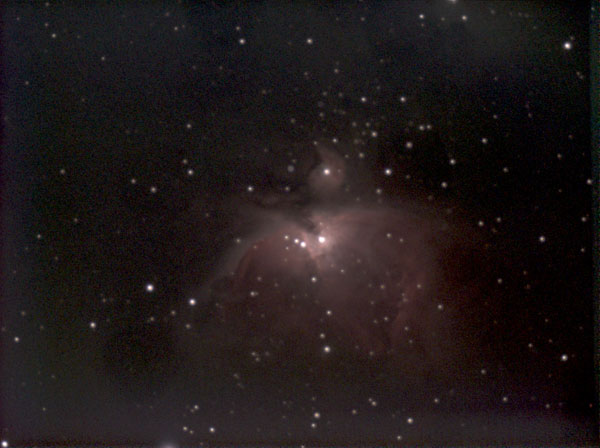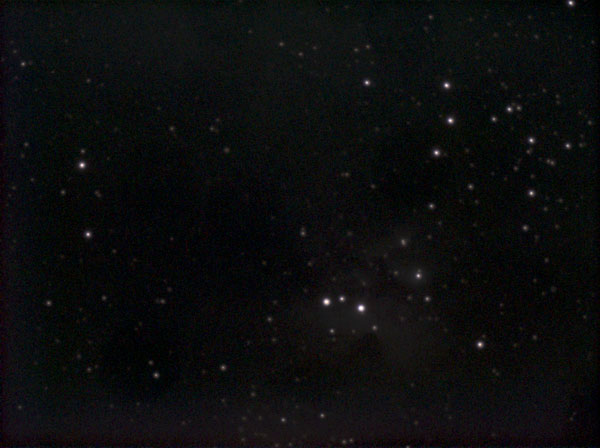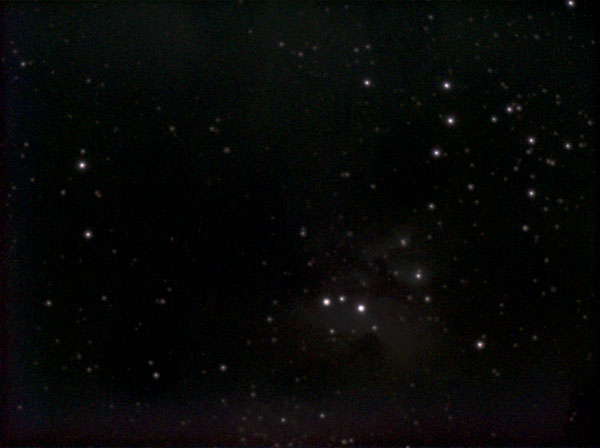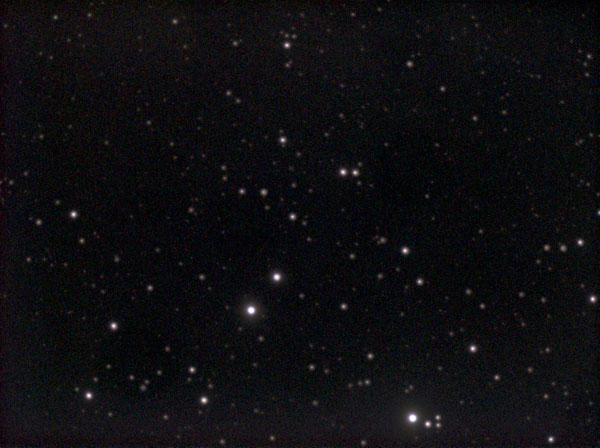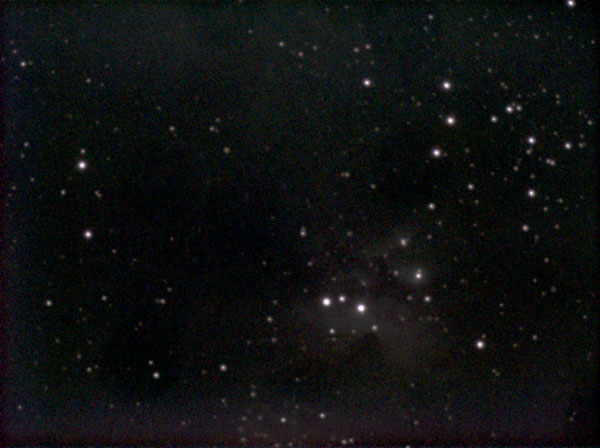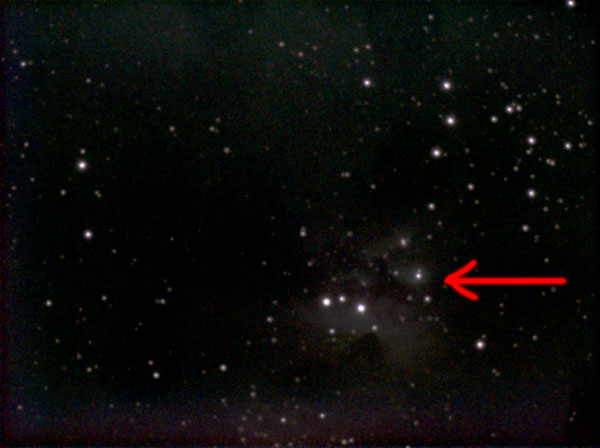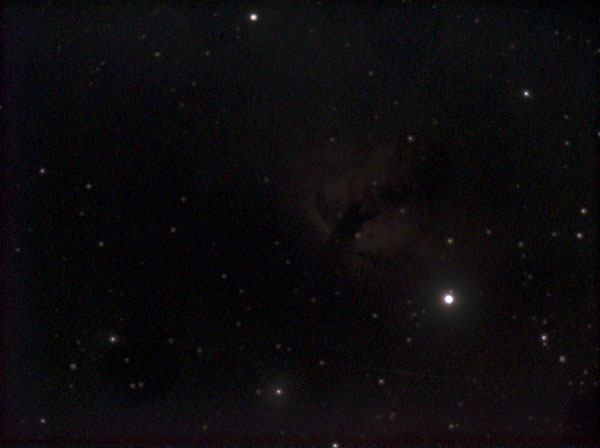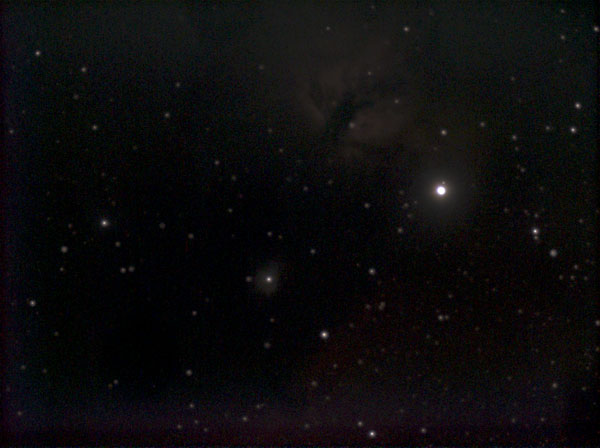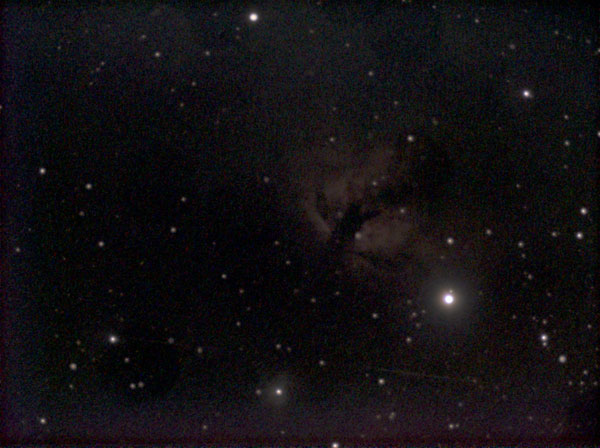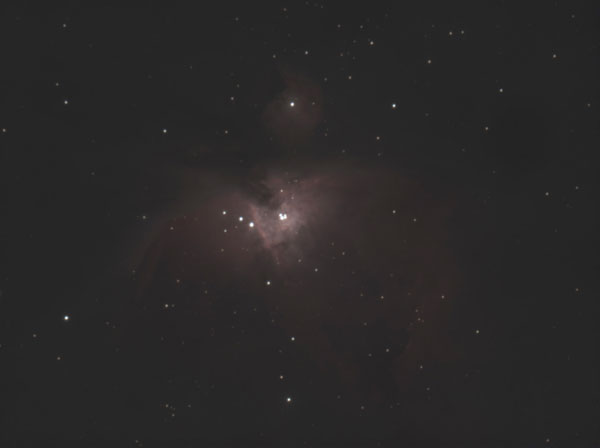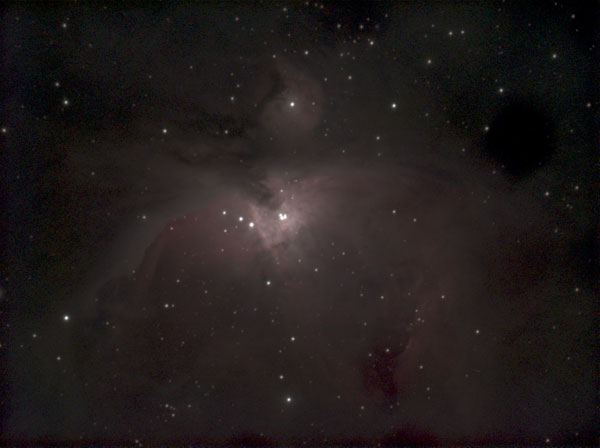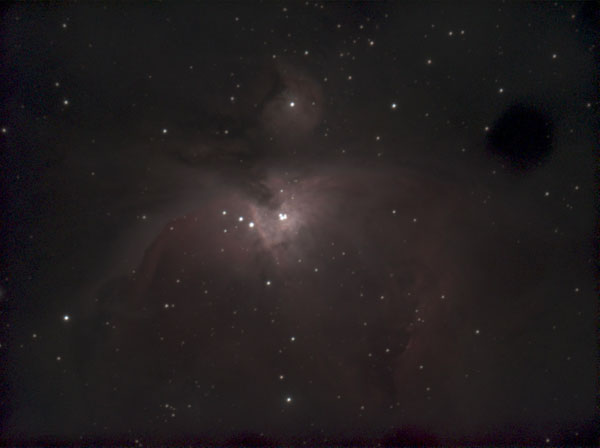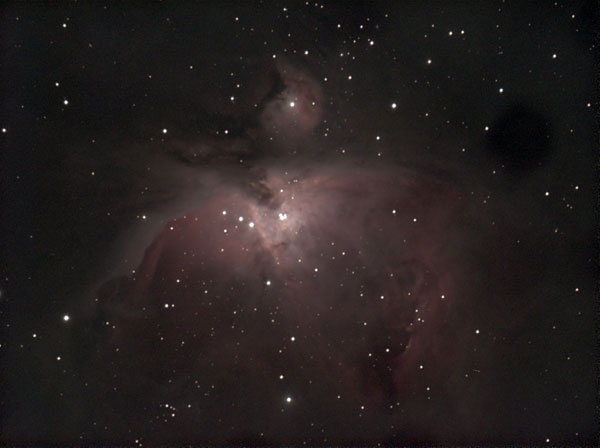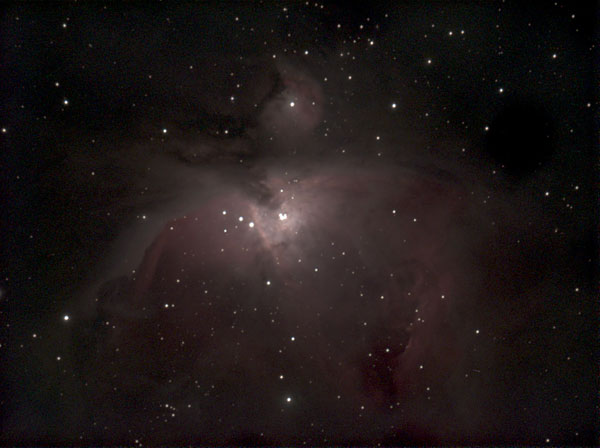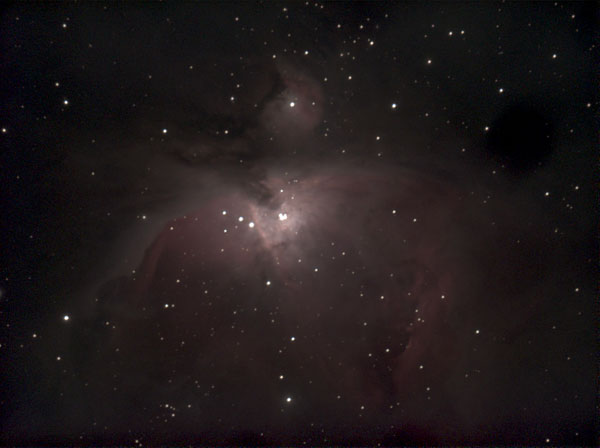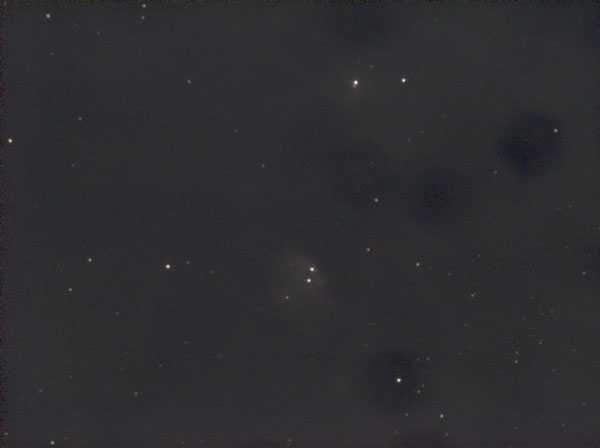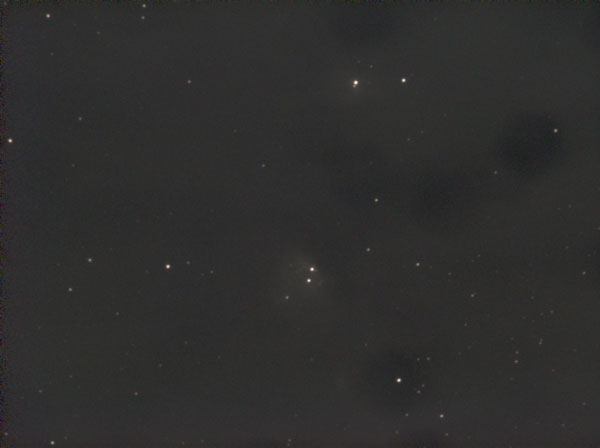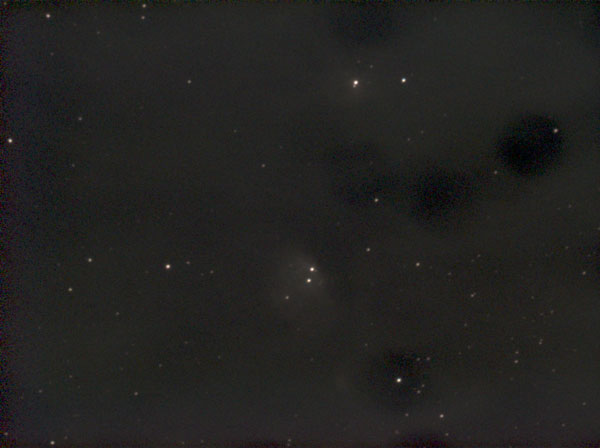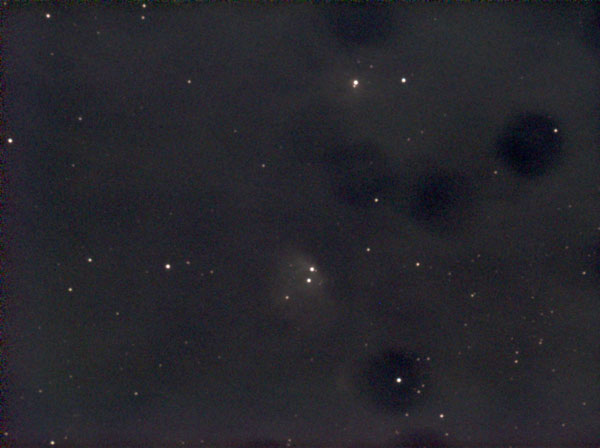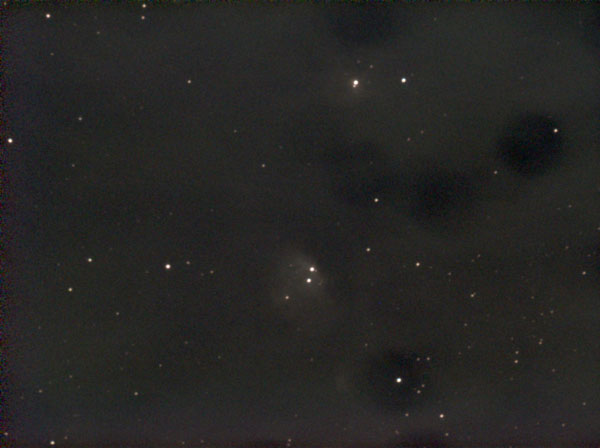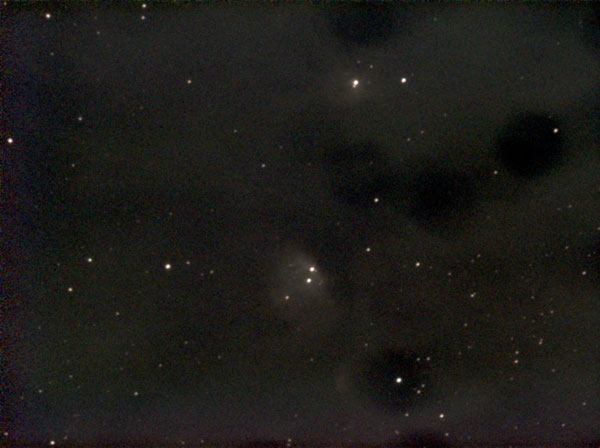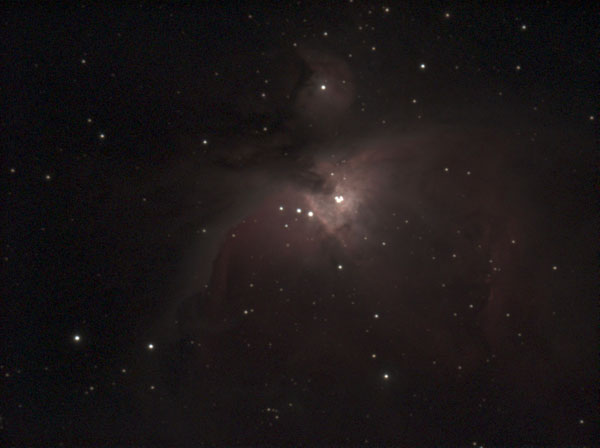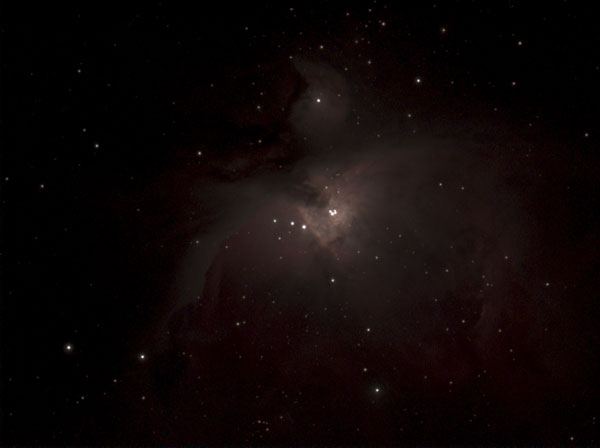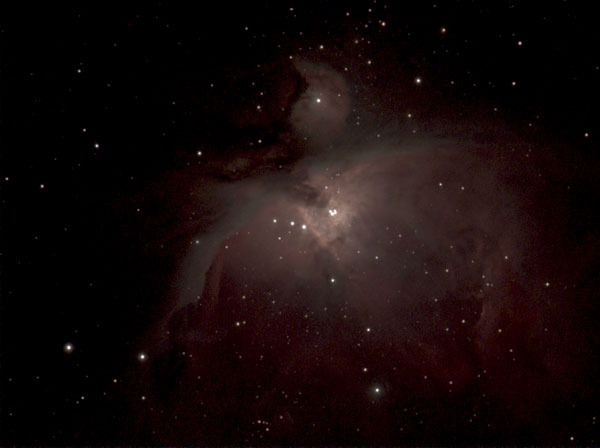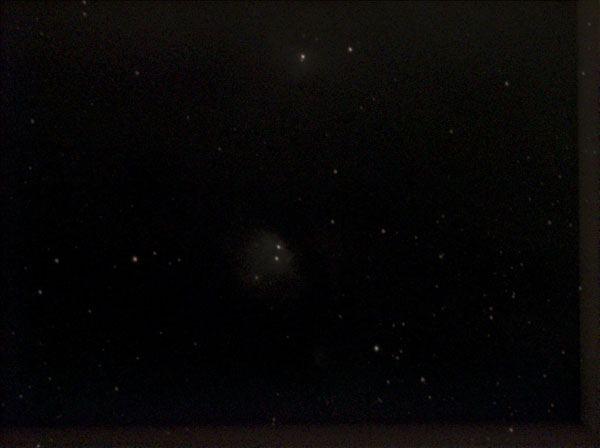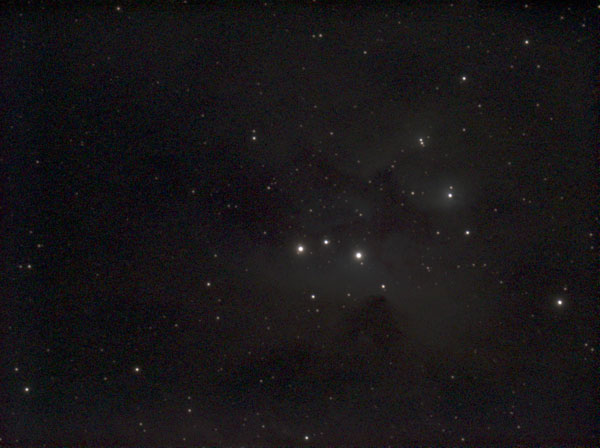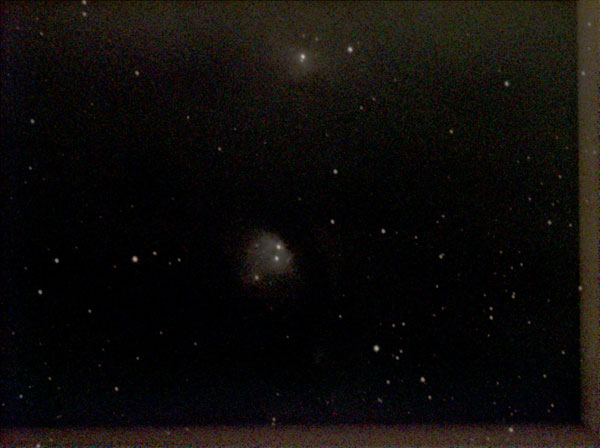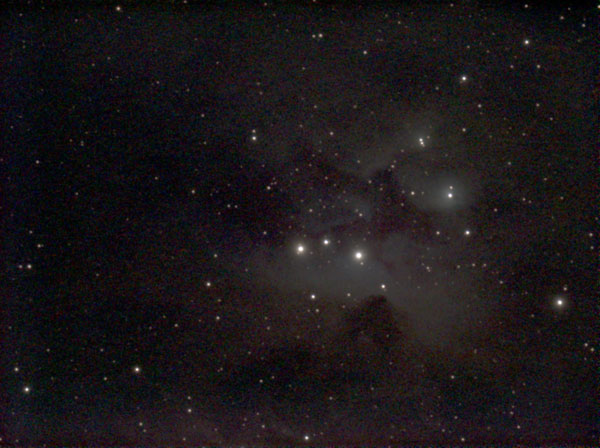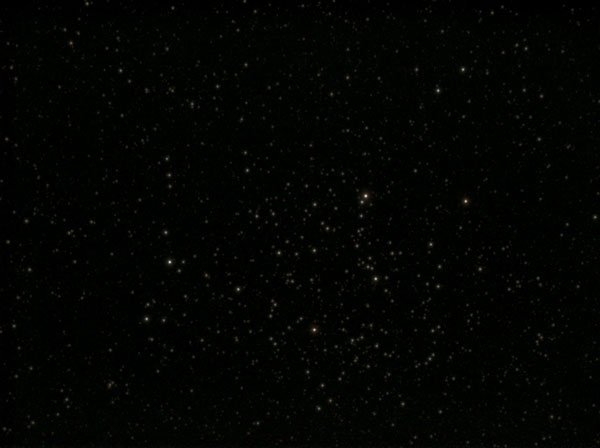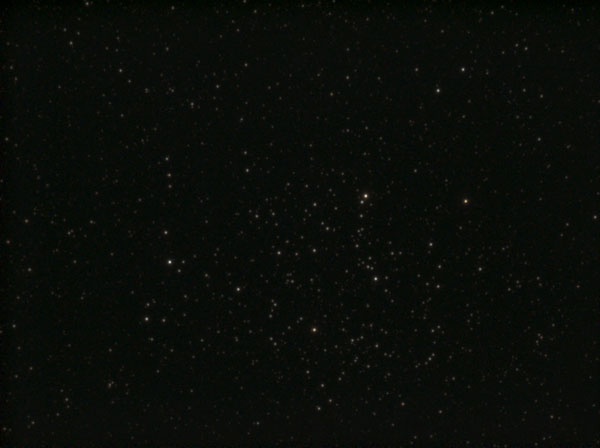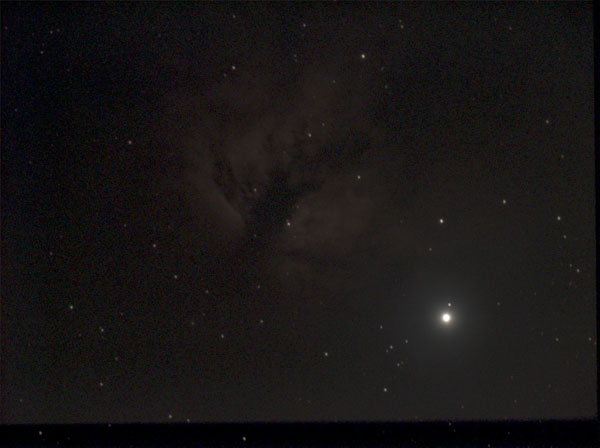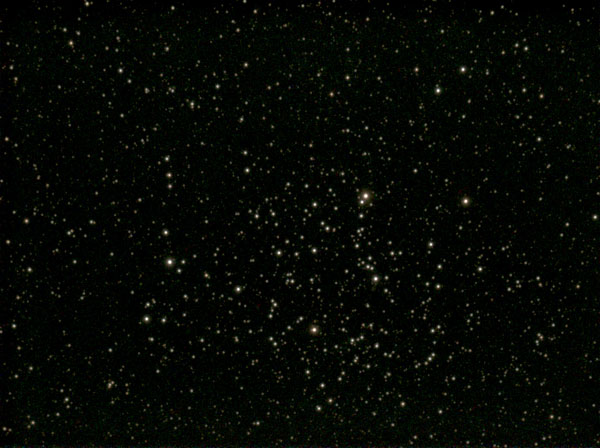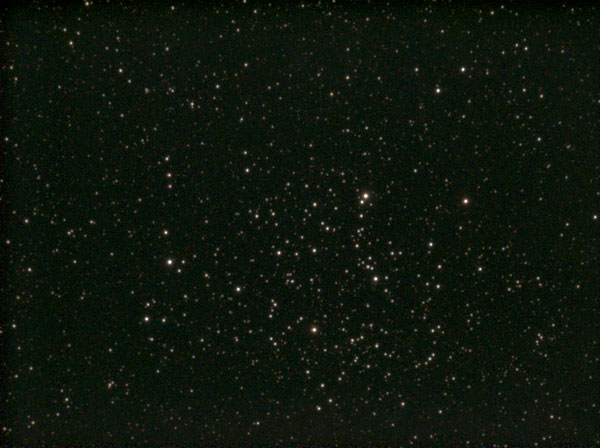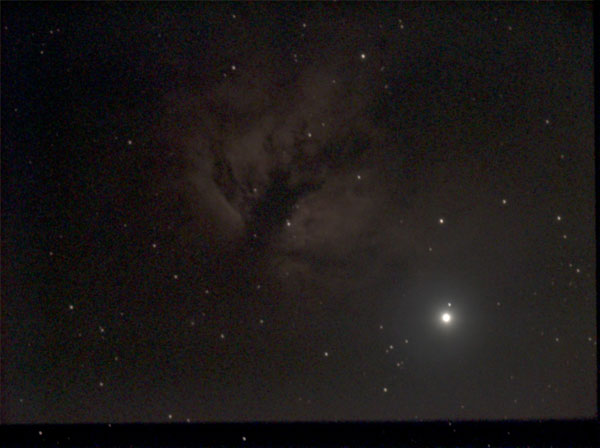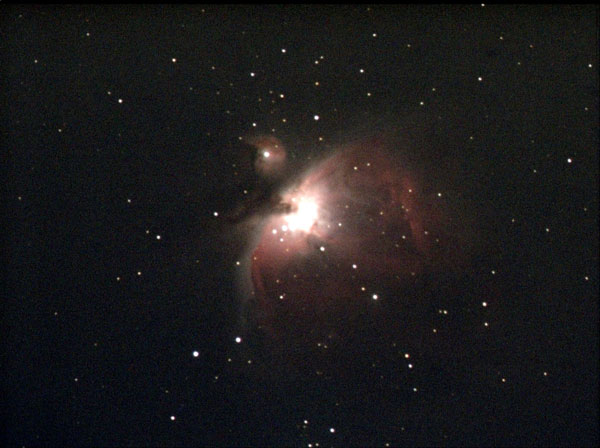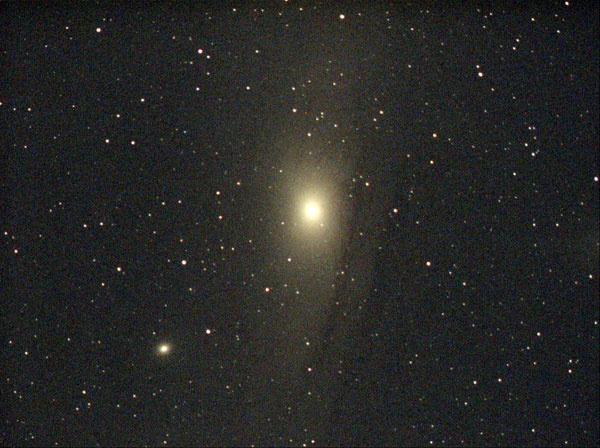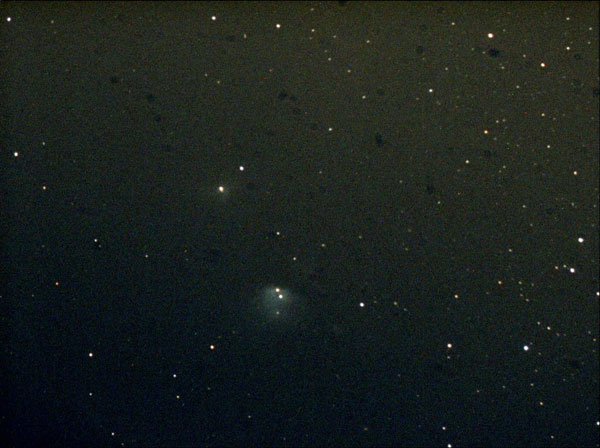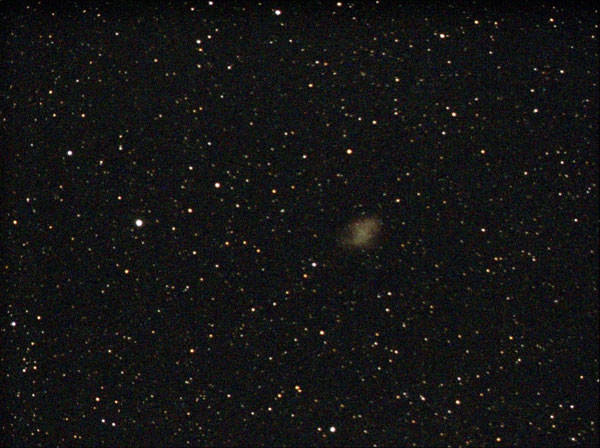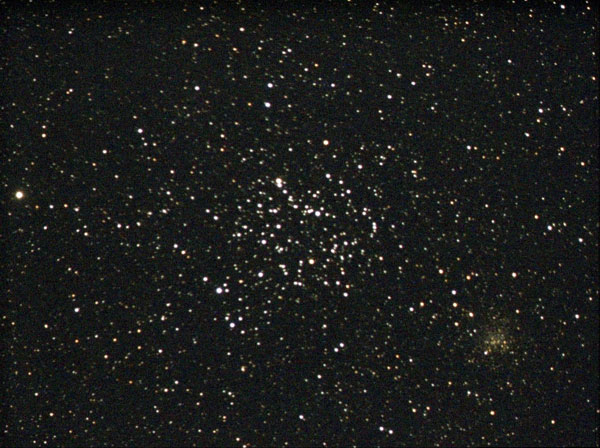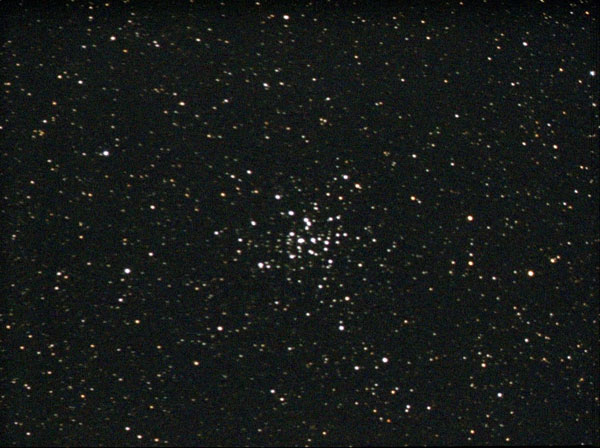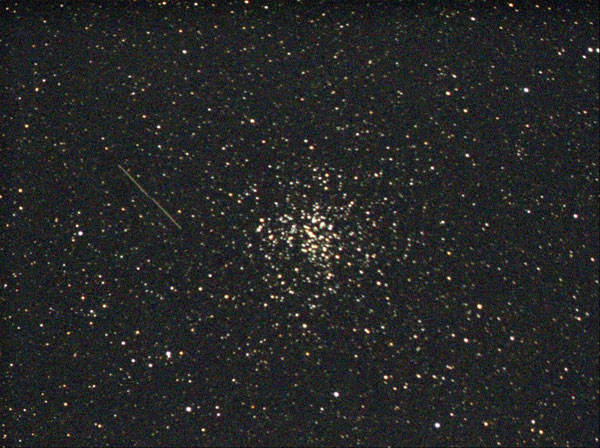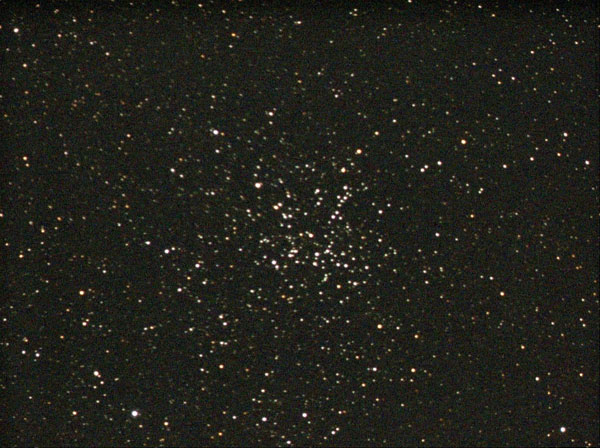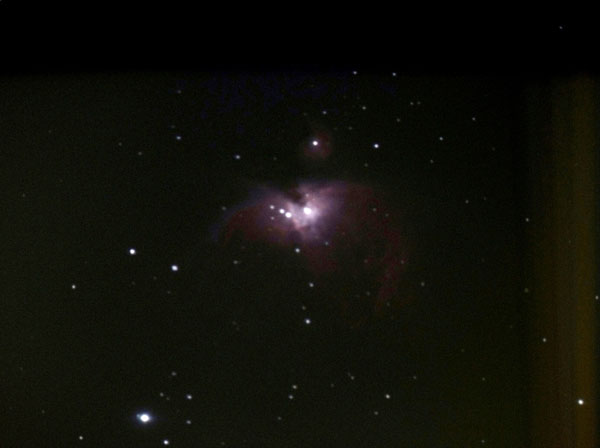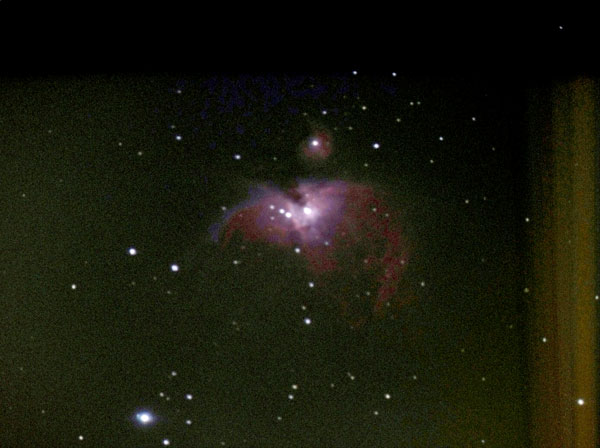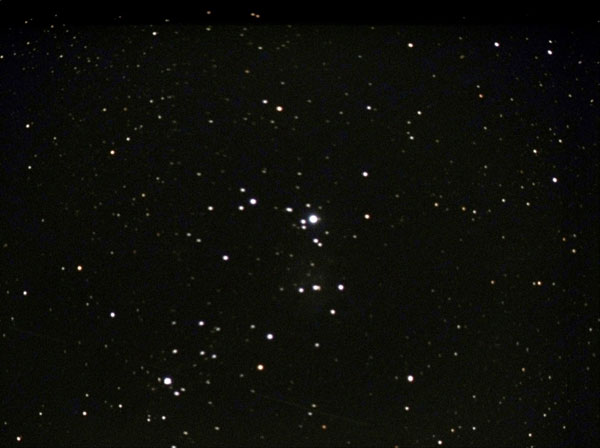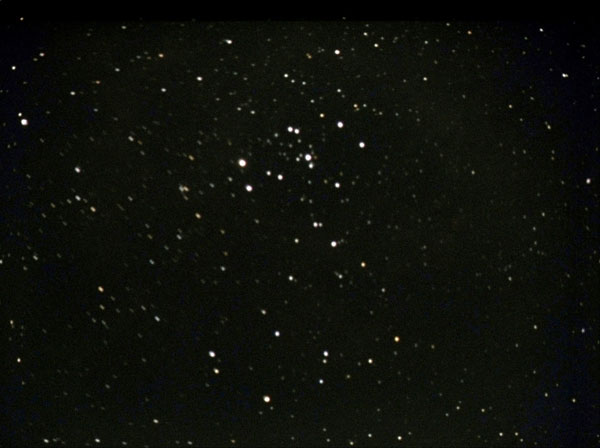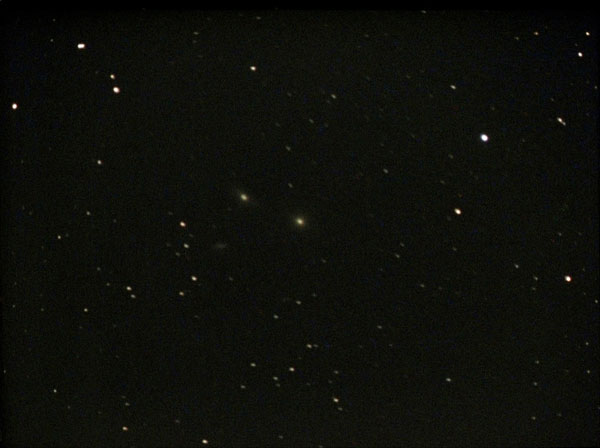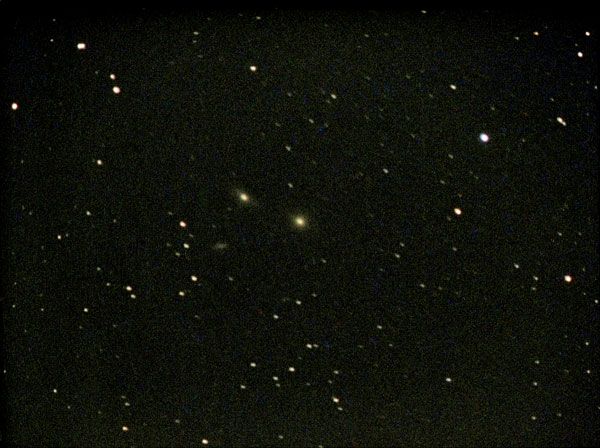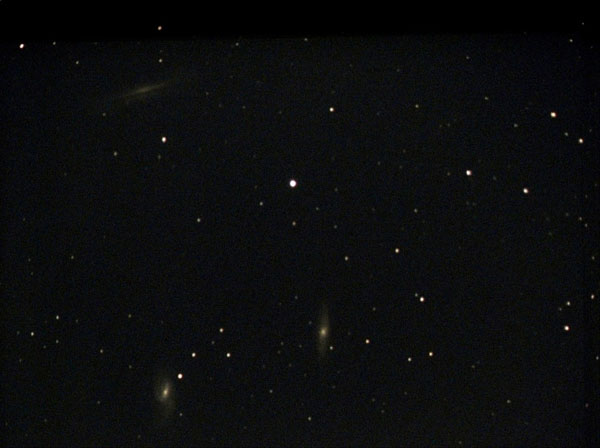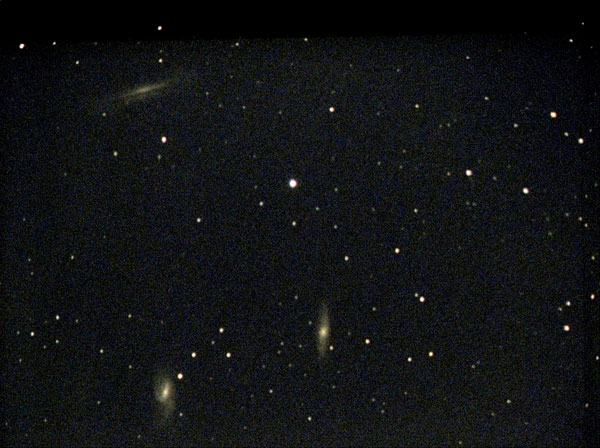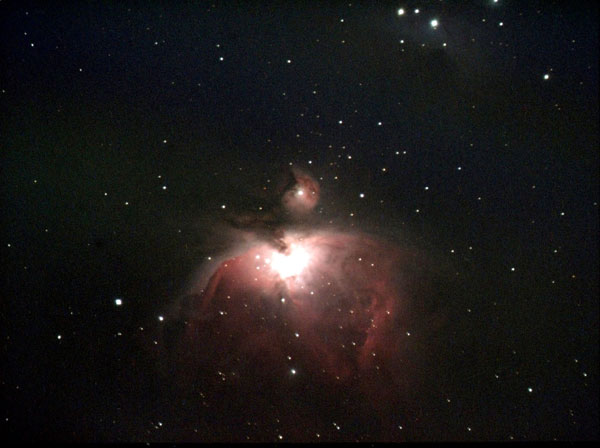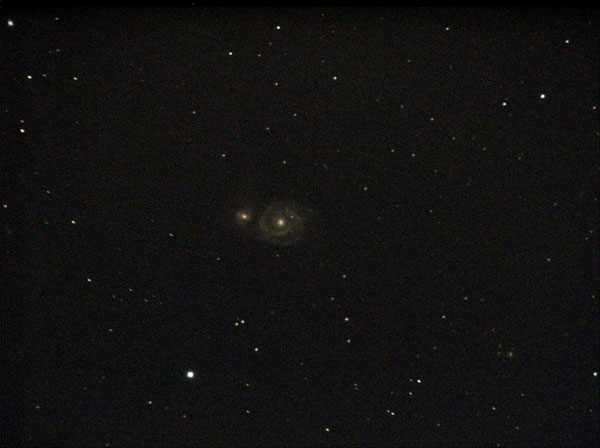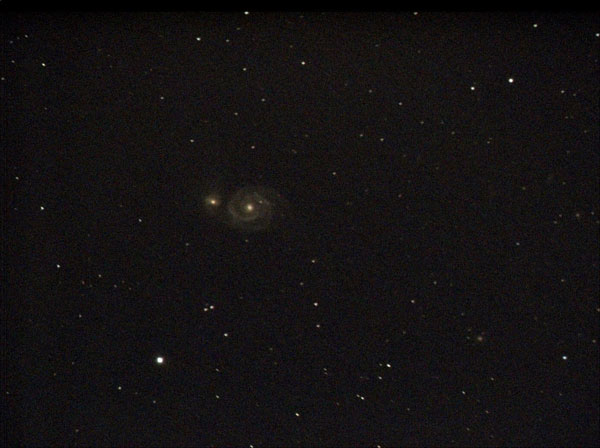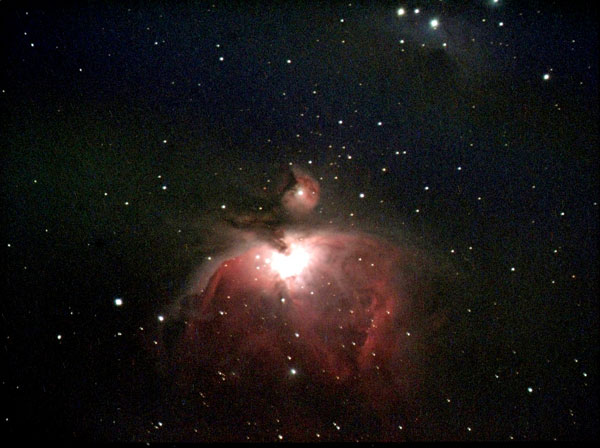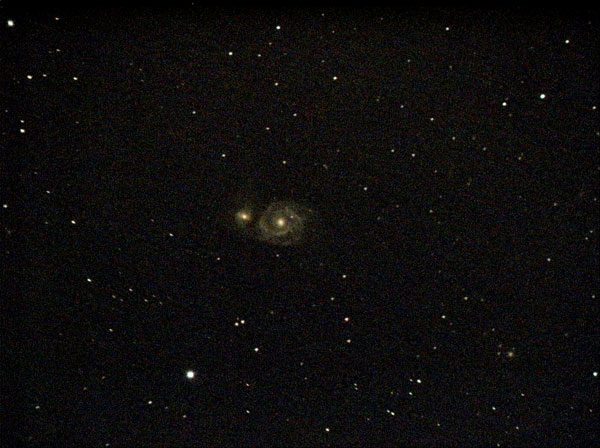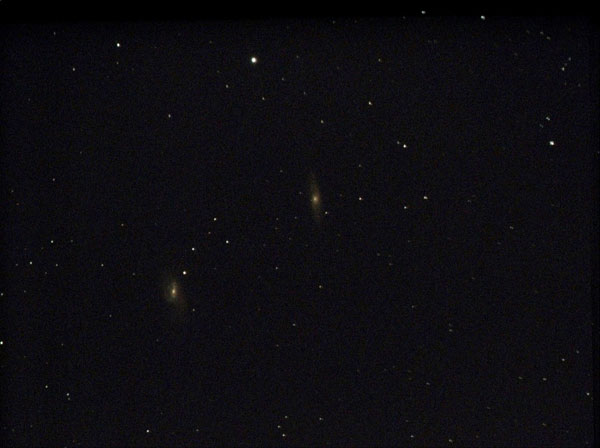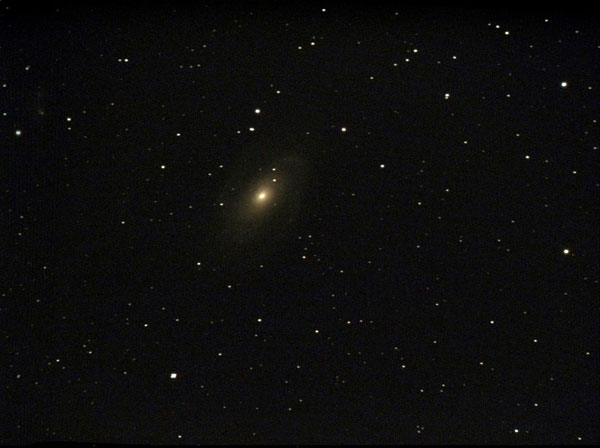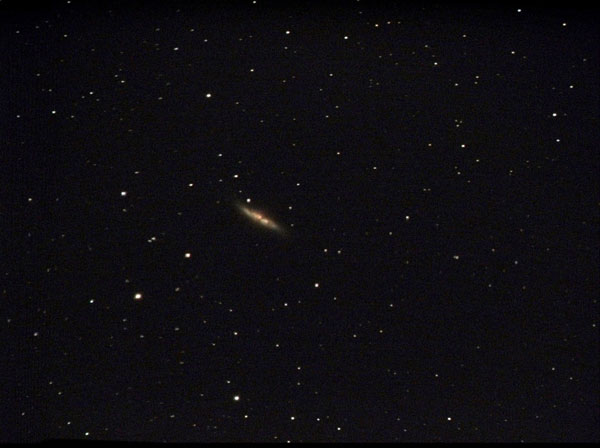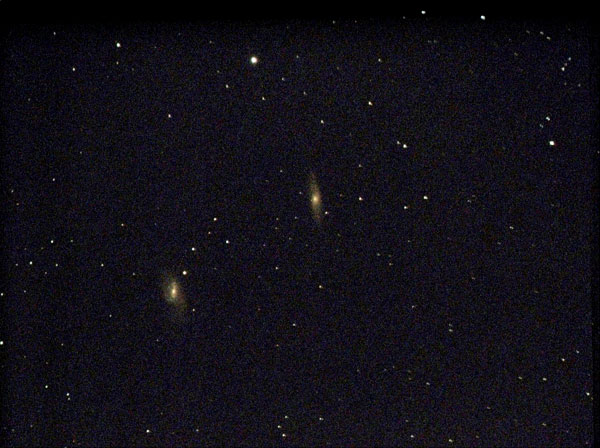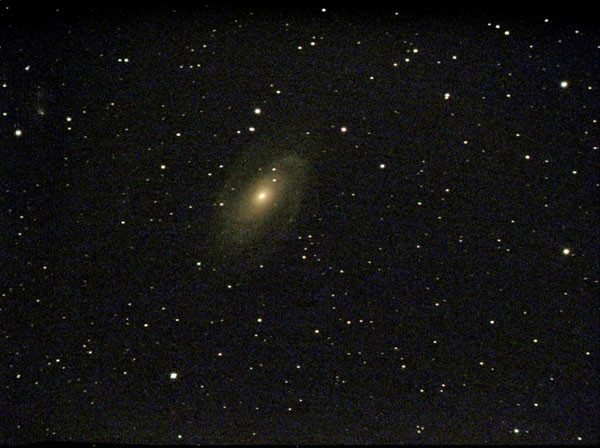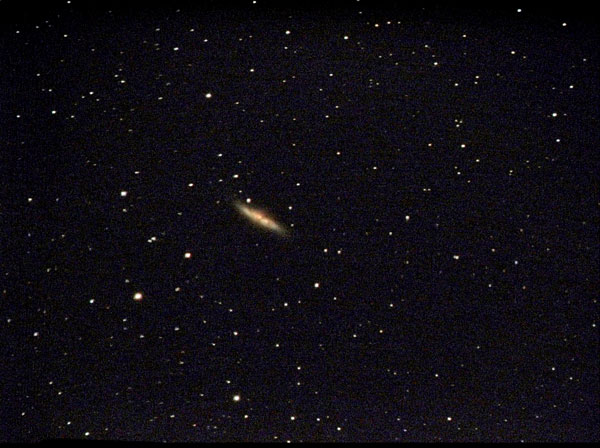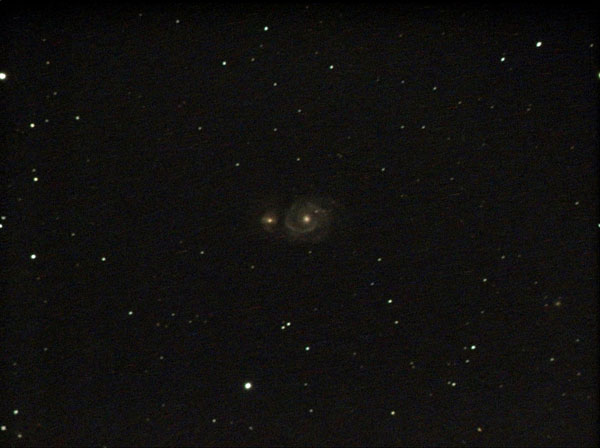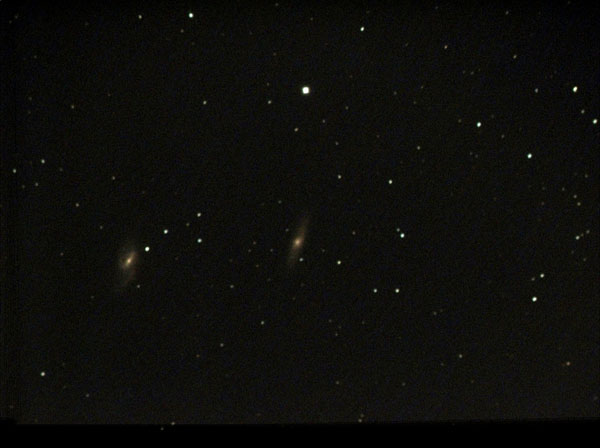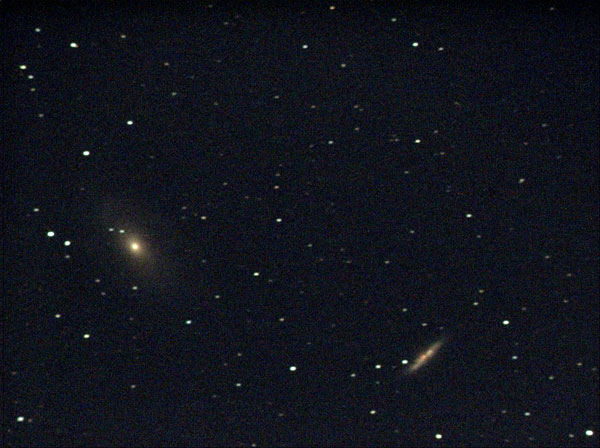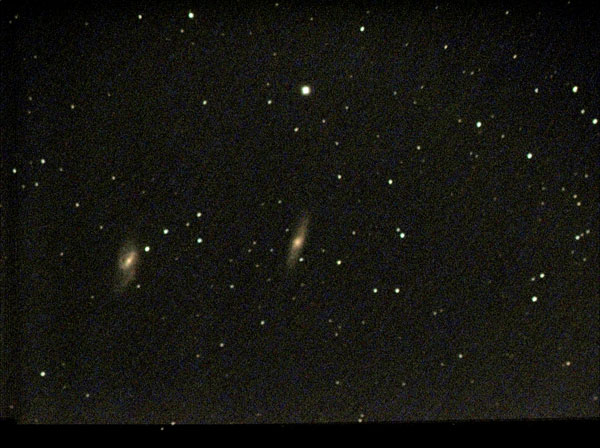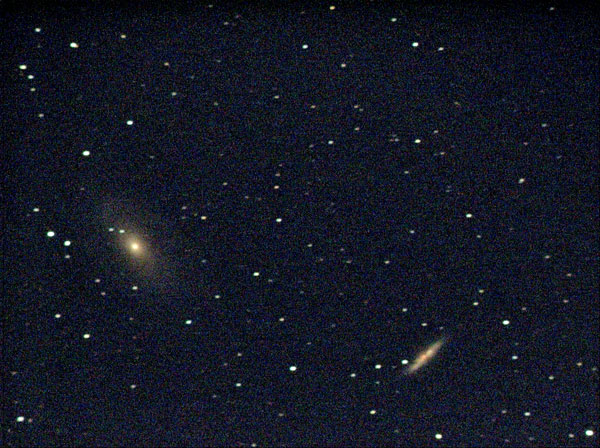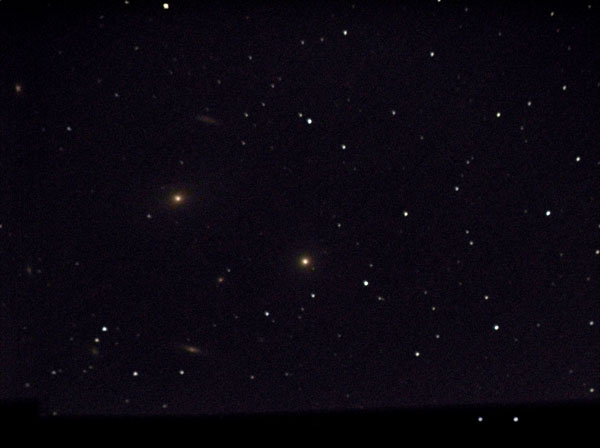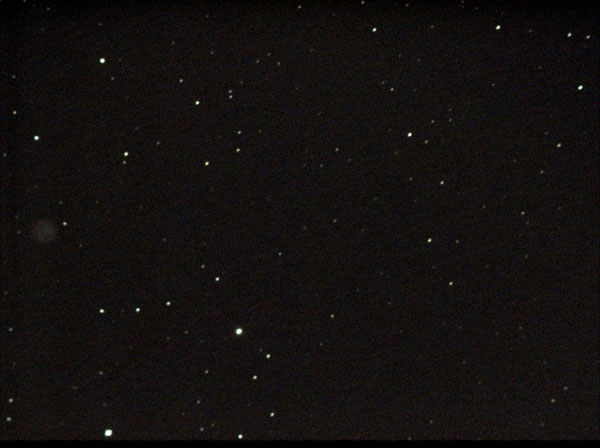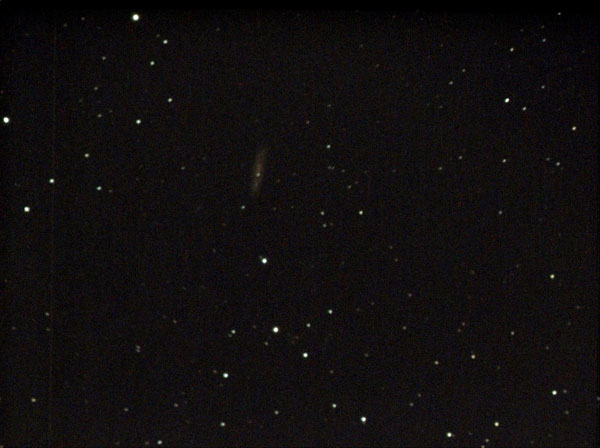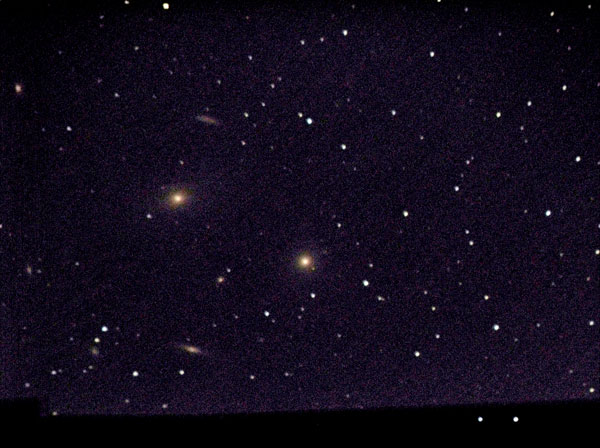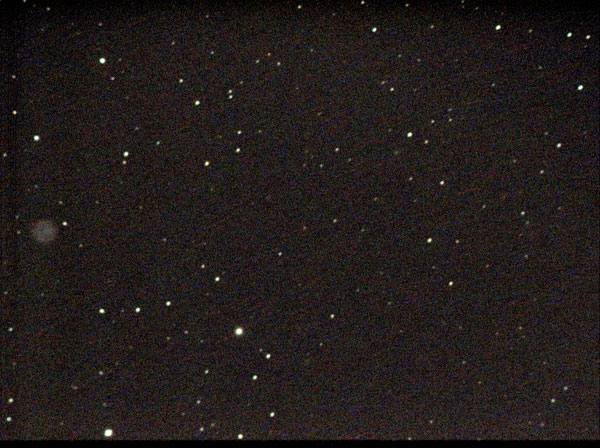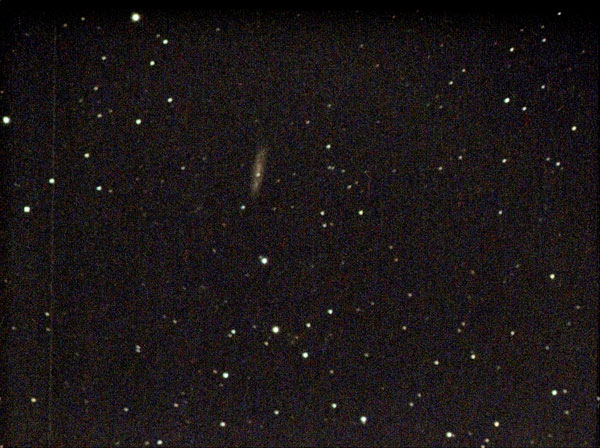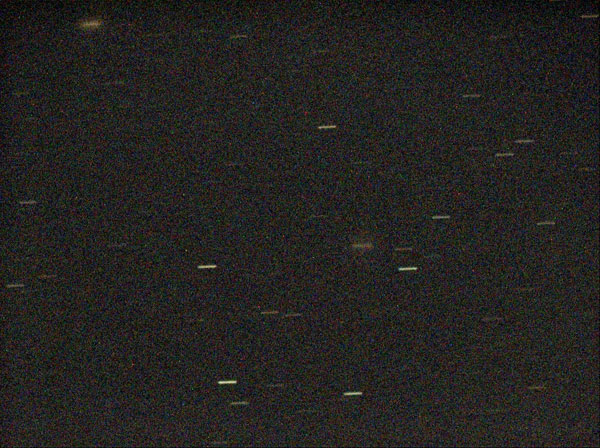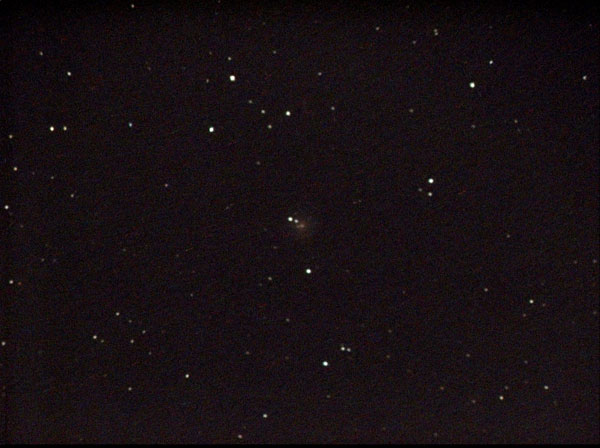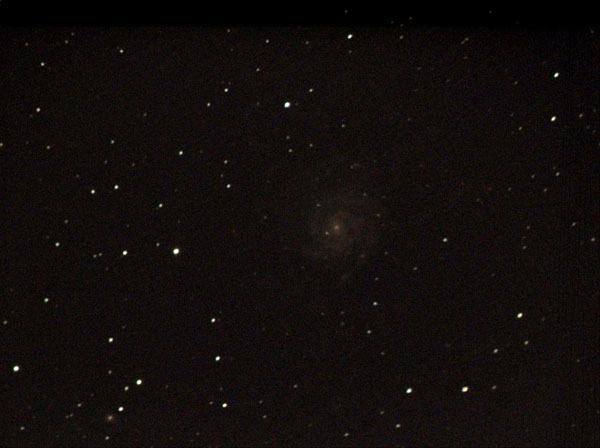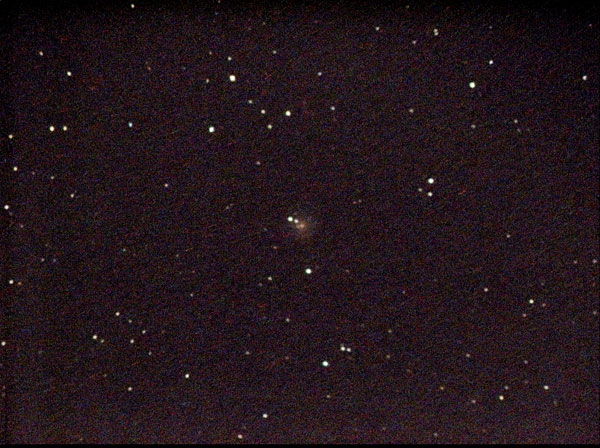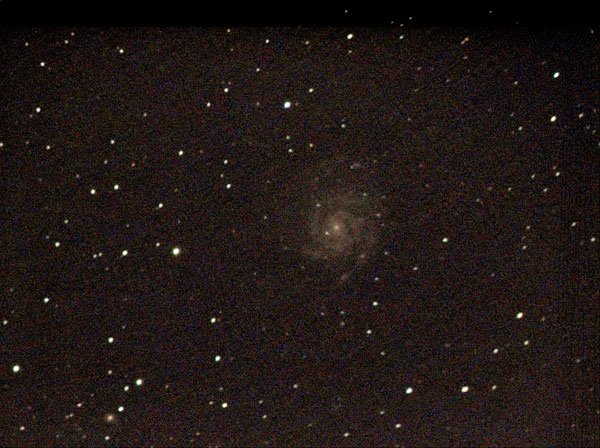Atik Infinity Colour Camera - Further Experiences (Nightly Tests)
Introduction | A Nightly Test with the C8 | A Nightly Test with the C5 | Two Nightly Tests with the PS 72/432 | Two Nightly Tests with the TLAPO1027 | Nightly Tests PS 72/432 and StellarMate | Conclusions | Links
Archive
On this page, I compile some more experiences (from February 2020 until May 2022) that I have made with my Atik Infinity Colour* camera (received on November 25, 2017 as a used purchase). On this page, I describe nightly tests with my current telescope tubes, which I did in order to get a first understandig of how the Atik Infinity performed at these tubes.
Between February and May 2022, I also performed tests using the StellarMate astronomy computer and the PS 72/432 in combination with the Atik Infinity to try out how this setup works.
I also did "dry runs" during this time, which I describe on a separate page.
See also pages (Archive):
- Atik Infinity Colour Camera - Information
- Atik Infinity Colour Camera - First Experiences
- Atik Infinity Colour Camera - First Observation Sessions
- Atik Infinity Colour Camera - Further Experiences (Dry Runs) - Further Experiences (Nightly Tests)
- Atik Infinity Colour Camera - Software
- Atik Infinity Colour Camera - Field of View
- Atik Infinity Colour Camera - Photo Gallery
*) Usually, I would write "Color", because I try to use American English, but Atik is a company located in the UK, and therefore it's "Colour"...
Note: Over Christmas 2022, I sold my Atik Infinity camera (transferred on January 5, 2023). I therefore cannot report any further experiences with it here. |
Introduction
I did not use the Atik Infinity camera for two years and only unpacked it again in February 2020 after I received my eVscope. In the time between spring 2018 until then, I had observed mainly without GoTo. And in addition, the effort required for astrophotography with the Atik Infinity was too much for me.
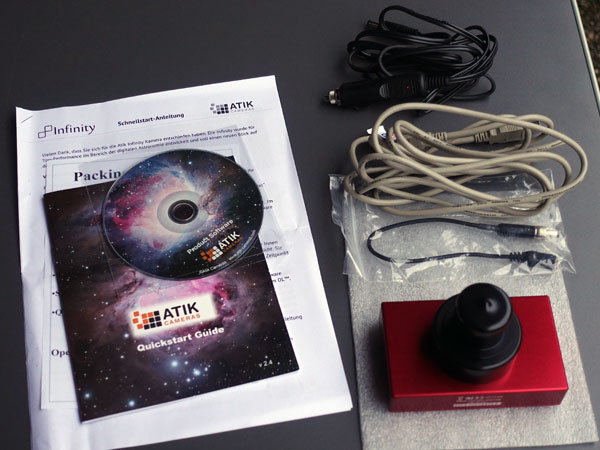 |
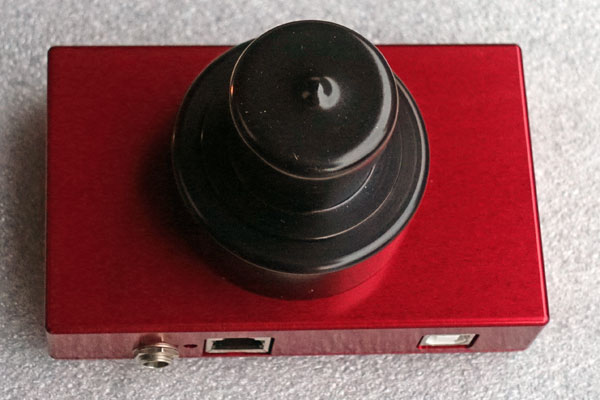 |
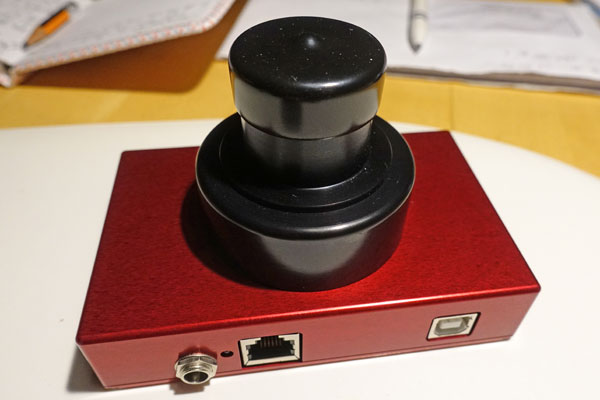 |
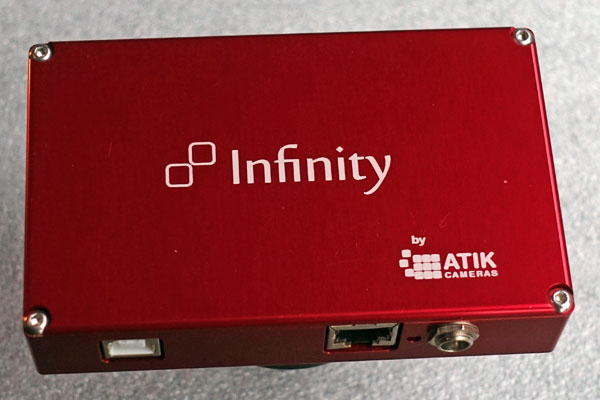 |
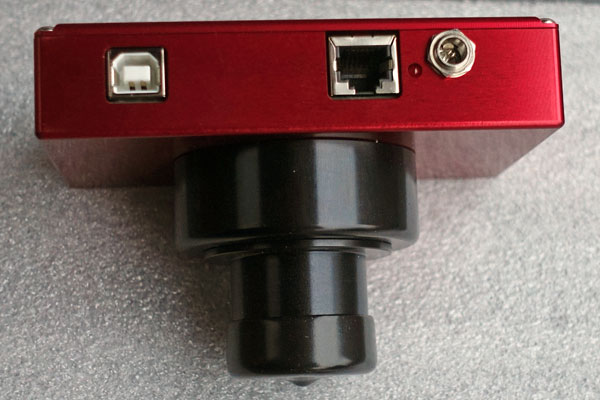 |
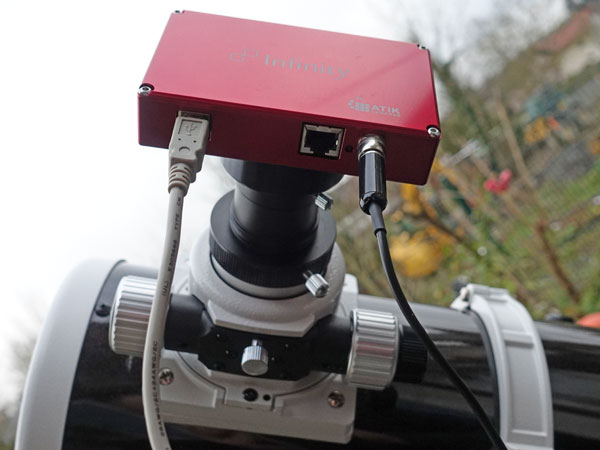 |
Photos: Just as a reminder how the Atik Infinity camera looks like...
At first, I only did "dry runs" to get the camera going again and test at new telescopes (PS 72/432 and C8 with focal reducer), whether the camera can produce a sharp image with them at all. Since I wanted to lend the camera to a starfriend in spring 2020, I made a night test with it using the C8 shortly before and tried out different focal reducers, but only in two configurations (see below). In December 2020, I did more "dry runs" with my new and older telescope tubes and the Atik Infinity. In addition, I did also nightly tests, which I would like to describe on this page. This is only about first tests with my current tubes that, with interuptions, extended until May 2022. I would not call these tests "observations sessions"...
A Nightly Test with the C8 (and a Later One...)
March 15, 2020
On March 15, 2020 (on the nexr day, I wanted to lend the camera to a starfriend for some time), I made a first "night test" with the Atik Infinity camera at the Celestron C8. I tested the following two configurations:
- f/6.3 reducer/corrector and 1.25" zenith prism
- f/6.3 reducer/corrector, 0.5x TS focal reducer (screwed into the camera) and 1.25" zenith prism
The telescope was mounted on the Star Discovery mount, which I operated with the SynScan WLAN module via the SynScan app on the iPhone. For convenience, I only performed the 1-star alignment. However, I repeated the alignment several times and also "readjusted" the tube in between with the help of the Infinity software. Because of the small field of view this is often difficult, so that I had to use the eyepiece again in order to better align the telescope (sometimes only a new alignment helped...).
Here are some of the best photos I took during this test session:
All in all I found the results, apart from those for M 42/43, fairly disappointing, but I was not that much in practice anymore... Faint objects like the Flame Nebula NGC 2024 were very pale, which did not get much better in post-processing (even though they were saved as 16 bit TIFF files). I got vignetting with the additional 0.5x TS focal reducer, which is more or less annoying depending on the object. On the other hand, you get a much larger field of view (about 0.8° against 0.4°, thus about 48' against 24'; the latter fov does not even capture the moon as a whole).
The Atik Infinity software proved to be very buggy. Especially, when I switched from stacking mode back to "live" mode, the application more or less hung up and did not show any actual images. So I had to restart it. This worked, but was not much joy... Interestingly enough, my software, which I had downloaded some time ago, is one version number further than the currently offered one. Maybe it was withdrawn because of bugs...
And a Later Night Test (December 17, 2020)...
On December 17, 2020, after dry tests on the days before and after, I tried a short night test with the C8 without reducer (on the Star Discovery mount). Unfortunately, I managed to capture only one object, and that was the globular star cluster M 15:
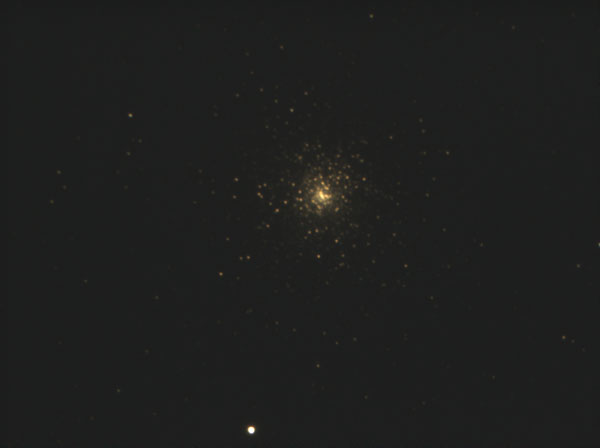 |
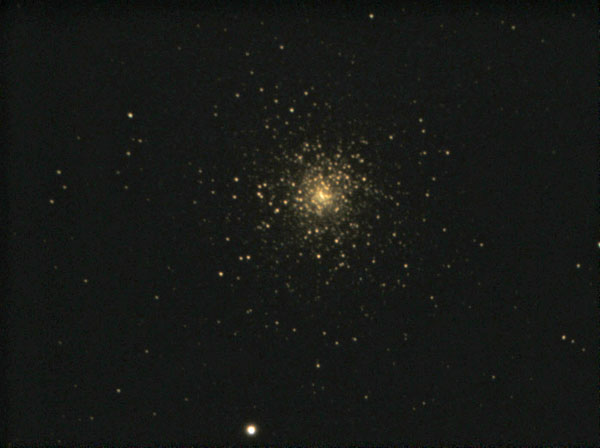 |
 |
||
M 15 |
M 15, processed |
M 15, processed and sharpened |
A Nightly Test with the C5
February 13, 2021
On February 13, 2021, I made a first "night test" with the Atik Infinity camera at my new Celestron C5. I used the following configuration: C5 with f/6.3 reducer/corrector and 1.25" visual back on the AZ-GTi mount, which I operated with the handbox. I performed a 2-star alignment.
I observed M 35, M 42/43 (Orion Nebula), M 45 (Pleiades), M 78, and once more M 42/43. Here are some of the photos that I took during this session (and a few comparison photos):
All in all I found the results, except for those for M 42/43 and M 78, fairly disappointing. The Atik Infinity software proved once again to be buggy. Especially, when I switched from stacking ("video" mode) back to "live" mode, the application more or less hung up and did not show any actual images. So I had to restart it. At the end of my session, the dew cap and the mount were a little icy:
|
C5 with 1,25" visual back and f/6.3 reducer/corrector on AZ-GTi mount |
Two Nightly Tests with the PS 72/432
March 19, 2021
On March 19, 2021, I made a first "night test" with the Atik Infinity camera at the Omegon PS 72/432 refractor. I used the following configuration: PS 72/432 refractor on the AZ-GTi mount, which I operated with the SynScan app on the iPhone. I performed a 1-star alignment. The camera was adapted to the telecsope using T2 extension sleeves.
I observed M 42/43 (Orion Nebula), NGC 2024 (Flame Nebula), and M 78. Here are some of the photos that I took during this session (and a few comparison photos):
All in all I found the results, except for those for M 42/43, fairly disappointing, in particular because they were rather faint. Moreover, I found focusing difficult with the PS 72/432 because of the hysteresis in its focusing mechanism.
March 25, 2021
On March 25, 2021, I made a second "night test" with the Atik Infinity camera at the Omegon PS 72/432 refractor. I used the same configuration as in the first test: PS 72/432 refractor on the AZ-GTi mount, which I operated with the SynScan app on the iPhone. Again, I performed a 1-star alignment. The camera was adapted to the telecsope using T2 extension sleeves.
I observed M 42/43 (Orion Nebula), M 45 (Pleiades), NGC 1977 (Running man Nebula), NGC 2024 (Flame Nebula without and with Horse Head Nebula), and once more M 42/43 at the end of the session (all with 15 s exposure time; longer times create elongated stars). Here are some of the photos that I took during this session:
Overall, I got extremely noisy results, probably due to the bright moon. Moreover, the stars look blown up, despite many focusing attempts; this was potentially due to dew on the front lens*.
*) It have also been caused by UV/IR light; an UV/IR cut filter might help...
Two Nightly Tests with the TLAPO1027
March 23, 2021
On March 23, 2021, I made a first "night test" with the Atik Infinity camera at the TS-Optics TLAPO1027 refractor. I used the following configuration: TS-Optics TLAPO1027 refractor on the Star Discovery mount, which I operated with the SynScan app on the iPhone. I performed a 1-star alignment. The camera was adapted to the telescope using T2 extension sleeves.
I observed M 42/43 (Orion Nebula) and M 78. I did not find NGC 2024 (Flame Nebula) and NGC 1977 (Running Man Nebula); I did no longer make an attempt at the Horse Head Nebula B 33. Here are some of the photos that I took during this session with the TLAPO1027:
Focusing worked better than with the PS72, the FWHM values were very low, but did not give any final certainty... The alignment was only so so... I only found M 42 and M 78 (thanks to its "eyes"). M 42 was very nice, M 78 rather poor. The photos showed strange dark spots in the background, especially at M 78. The next morning, I could not find any dust or dirt, except for some dust on the glass protecting the sensor.
March 24, 2021
On March 24, 2021, I did a second "night test" with the Atik Infinity camera at the TS-Optics TLAPO1027 refractor. I used the same configuration as during the first test: TLAPO1027 refractor on the Star Discovery mount, which I operated with the SynScan app on the iPhone. Once again, I performed a 1-star alignment. The camera was adapted to the telecsope using T2 extension sleeves.
I tried a few things out, everything worked right away, but the results were rather disappointing, except for those for M 42. Then also clouds appeared. Focusing was easier with the new refractor, especially since I was now using the FWHM values as a guide. I experimented with different exposure times (5, 10, 15 and 30 seconds). At 30 seconds, nothing worked at all. 15 seconds seems to be the optimum for many object, 5-10 seconds will probably provide better sharpness...
I observed M 42/43 (Orion Nebula), NGC 1977 (Running Man Nebula), NGC 2024 (Flame Nebula), M 35 and M 78. Here are some of the photos that I took during this session with the TLAPO1027:
Nightly Tests with PS 72/432 and StellarMate
Between February and May 2022, I performed tests using the StellarMate astronomy computer and the PS 72/432 in combination with the Atik Infinity to try out whether and how this setup works. One advantage of this setup is that a (laptop) computer is not needed, making it more compact.
February 23, 2022, Erkerode
The goal of this night test (7 to 9 p.m.) in Erkerode was to try out the Atik Infinity camera with the StellarMate (with AZ-GTi via Sky-Watcher USB dongle).
Targets: M 42, M 31, M 33 (did not work), M 78, M 1, break (8:05-9:30 p.m.), M 1, M 42, M 31, M 35 (+ NGC 2158), M 37, M 38, M 36. Here are my best photos of the respective DSO:
At the beginning, I used an exposure time of 5s. When I tried 2.5s, the app did not respond to anything, but took photos all the time. Later, I used 10s; then the app responded better. The quality of the results was again poor, but I had not focused the PS 72/432 using a Bahtinov mask.
Mar 24, 2022, Mühlhausen
On this evening, I also tested the Atik Infinity at the StellarMate (with AZ-GTi) (9 - 10 pm?).
Targets: Rigel?, M 42, NGC 2264 (Christmas Tree Cluster), NGC 2244 (Rosette Nebula), NGC 1499 (California Nebula), M 65/66, M 105, Leo Triplet (M 65/66, NGC 3628). Overall, the images were blurred (no Bahtinov mask used), and often showed star traces (poor tracking?). Here are some of my "better" photos:
March 27, 2022, Mühlhausen
On this evening,
I observed only with the Atik Infinity. Maximum ca. 19.6 SQM; 9:10-11:25 p.m. (daylight saving time).
Targets:
First, I accessed Procyon and focused with a Bahtinov mask. Then, I approached a couple of targets, found most of them, later also from inside (kitchen): M 42 (9:10-10:15 p.m.), M 81, M 82, M 51, M 65-66 (until 11:25 p.m.).
May 6, 2022, Mühlhausen
On this evening as well, I used only the Atik Infinity. The exposure time was 10 s all the time; I used a UV/IR cut filter; I did not measure SQM (two nights before half moon); observations started after 10:00 p.m. (I observed until a little after midnight).
Targets: First, I accessed Procyon (too low), then Regulus and focused with a Bahtinov mask. Then, I approached a couple of targets: M 65/66, M 81/82, M 51, M 101, M 97, M 108 (could not get M 97 and M 108 together on the photo), M 95/96 (NGC 3345 indicated; just streaks...), NGC 3344, M 84/86 (M 84 selected; Great Galactic Face)
Conclusions
All in all, I have now been able to take photos with the Atik Infinity using all of my current four telescope tubes. However, I am rather disappointed by the first results. Only the Orion Nebula M 42 delivers nice photos, but even these are still quite noisy. Above all, the photos get too dark and noisy for me, even with longer exposure times; and I also cannot see that stacking significantly reduces the noise. Of course, this might also be caused by the Infinity software...
First Results with the ...
- C8: Did not overwhelm me! But M 15 taken with the C8 was quite OK for me... The C8 has the smallest field of view of all of my telescope tubes.
- C5: Did not overwhelm me as well! But M 42/43 and M 78 taken with the C5 were quite OK for me...
- PS 72/432: Did not overwhelm me as well! But M 42/43 taken with the PS 72/432 was quite OK for me... The PS 72/432 offers the largest field of view of all of my telescope tubes. Since the photos look comparatively blurry, I should use a UV/IR cut filter with this tube.
- TLAPO1027: Did not overwhelm me as well! But M 42/43 taken with the TLAPO1027 was quite OK for me...
The StellarMate tests should not be taken too seriously, because they were primarily about the StellarMate astronomy computer.
M 42 Comparison (Processed)
Outlook
I am not yet sure whether I will continue to use the Atik Infinity. But it is unlikely that any other camera will provide such a beautiful M 42 Trapezium as this camera does.
Update: I sold my Atik Infinity at the beginning of January 2023 This is therefore my last field report with this camera. |
Links
- Atik company Website, UK: www.atik-cameras.com
- Product page: www.atik-cameras.com/product/atik-infinity/
- Pages from German distributors for the Atik Infinity camera:
- Teleskop-Leasing (bought the camera here): www.teleskop-leasing.de/produkte/kameras/atik-infinity-farb-ccd-kamera- (in German)
- Teleskop-Spezialisten: www.teleskop-spezialisten.de/shop/Astrofotografie/Atik-Infinity-FARB-CCD-Kamera-11mm-Sensor-automatische-Aufnahmen::2166.html (in German) - www.teleskop-spezialisten.de/shop/Astrophotography/::2166.html (in English)
- Teleskop-Service/Express: www.teleskop-express.de/shop/product_info.php/info/p8213_Atik-Infinity-FARB-CCD-Kamera---Sensor-D-11-mm--vollautomatisch.html (in German) - www.teleskop-express.de/shop/product_info.php/info/p8212_Atik-Infinity-B-W-CCD-Camera---Sensor-D-11-mm--fully-automatic.html (in English)
- Astroshop: www.astroshop.de/kameras/atik-kamera-infinity-color/p,4831 (in German) - www.astroshop.eu/cameras/atik-camera-infinity-color/p,48316 (in English)
- Testing the 16 bit Atik Infinity camera with small telescopes (x-bit-astro-imaging, S.J. Wainwright): x-bit-astro-imaging.blogspot.de/2016/02/testing-16-bit-atik-infinity-camera.html
- ICX825 Based Astro-Video Camera Comparison (Jim Thompson): http://karmalimbo.com/aro/reports/Test%20Report%20-%20825%20Sensor%20Camera%20Comparison_07Oct2016.pdf
- Bis zur Unendlichkeit…. (Peter Oden, Peters Astroblog): videoastronomie.net/bis-zur-unendlichkeit
- Peter Oden: Videoastronomie: Der Himmel live und in Farbe. Sterne und Weltraum, Juni 2017. (in German)
- Electronically Assisted Astronomy with Atik Infinity (Fallenangel/Franz Müller): fallenangels2ndlife.dyndns.org/2017/03/01/electronically-assisted-astronomy-wit-atik-infinity/
- Einfach und schnell fotografieren mit der Atik Infinity (Sample photos, Peter Weigel, Teleskope Weigel): www.zudensternen.de/Atik_Infinity.html
- Review of the Atik Infinity Color Video Astronomy Camera (astrojedi, Live Astronomy blog): videoastronomy.blogspot.de/2016/02/review-of-atik-infinity-color-video.html
- Sky-Watcher Skymax-127 OTA Information (5" Maksutov-Cassegrain)
- Omegon Photography Scope 72/432 ED OTA (2.8" Refractor)
- Celestron C8 OTA (8" Schmidt-Cassegrain)
- TS Optics Photoline 102/715 (4" Refractor)
- Celestron C5 OTA (5" Schmidt-Cassegrain)
- Sky-Watcher Star Discovery AZ GoTo Mount Information
- Sky-Watcher AZ-GTi AZ GoTo Mount
- Ronald Stoyan (2014). Deep Sky Reiseführer, Oculum Verlag: www.oculum-verlag.de/detailview?no=2015 (in German)
- See also my page offering Astronomy Links.
| 27.03.2023 |
